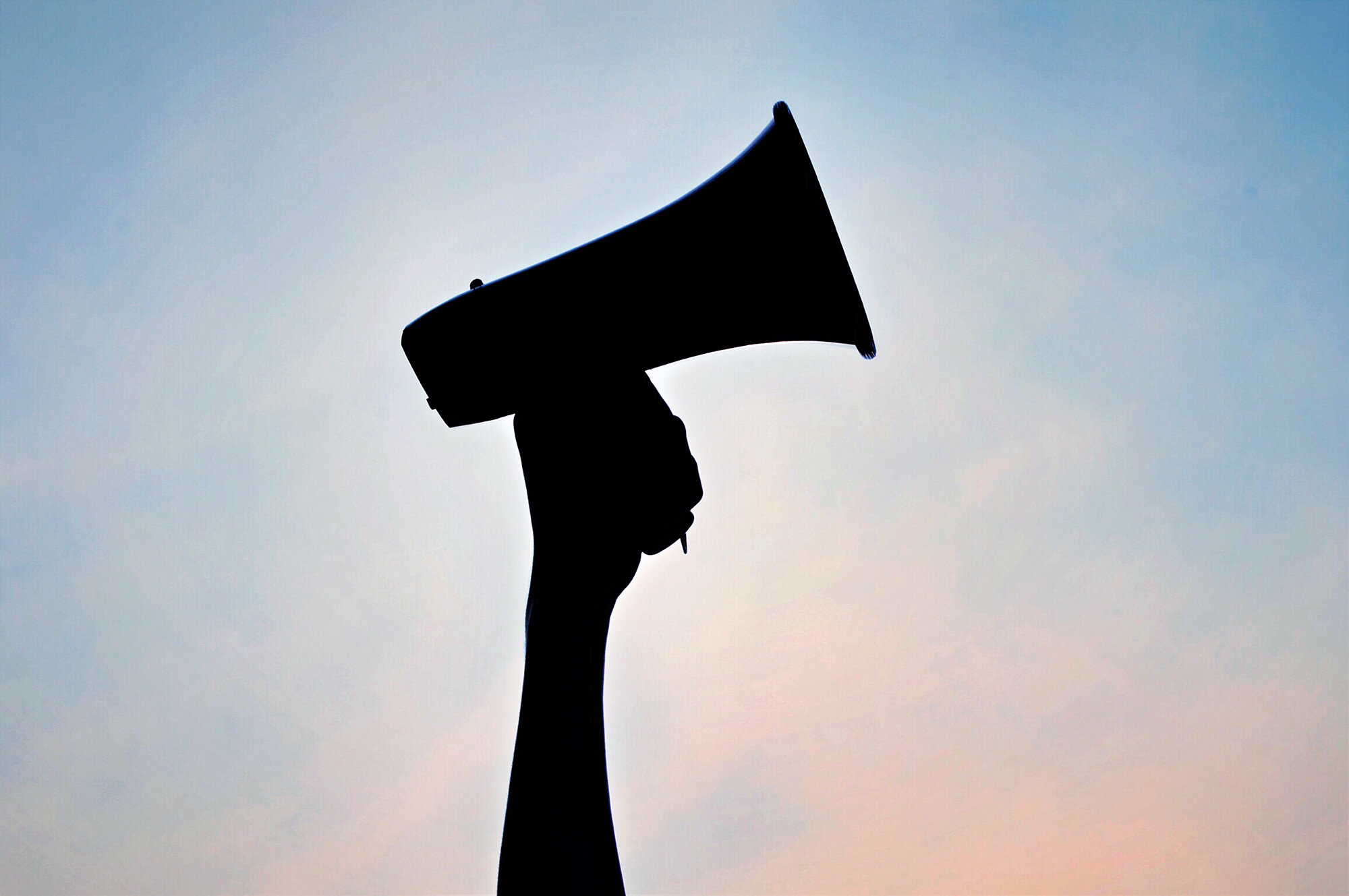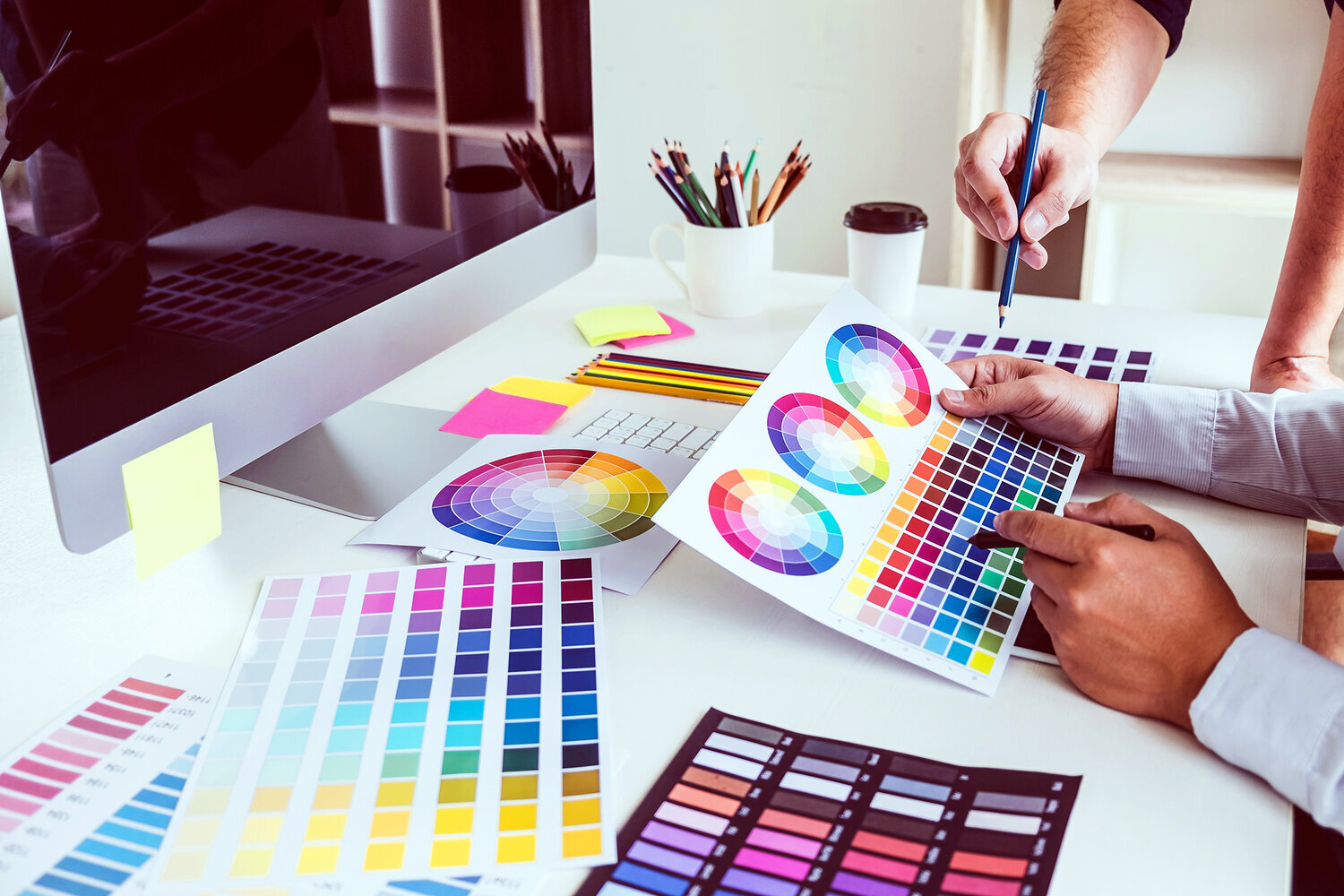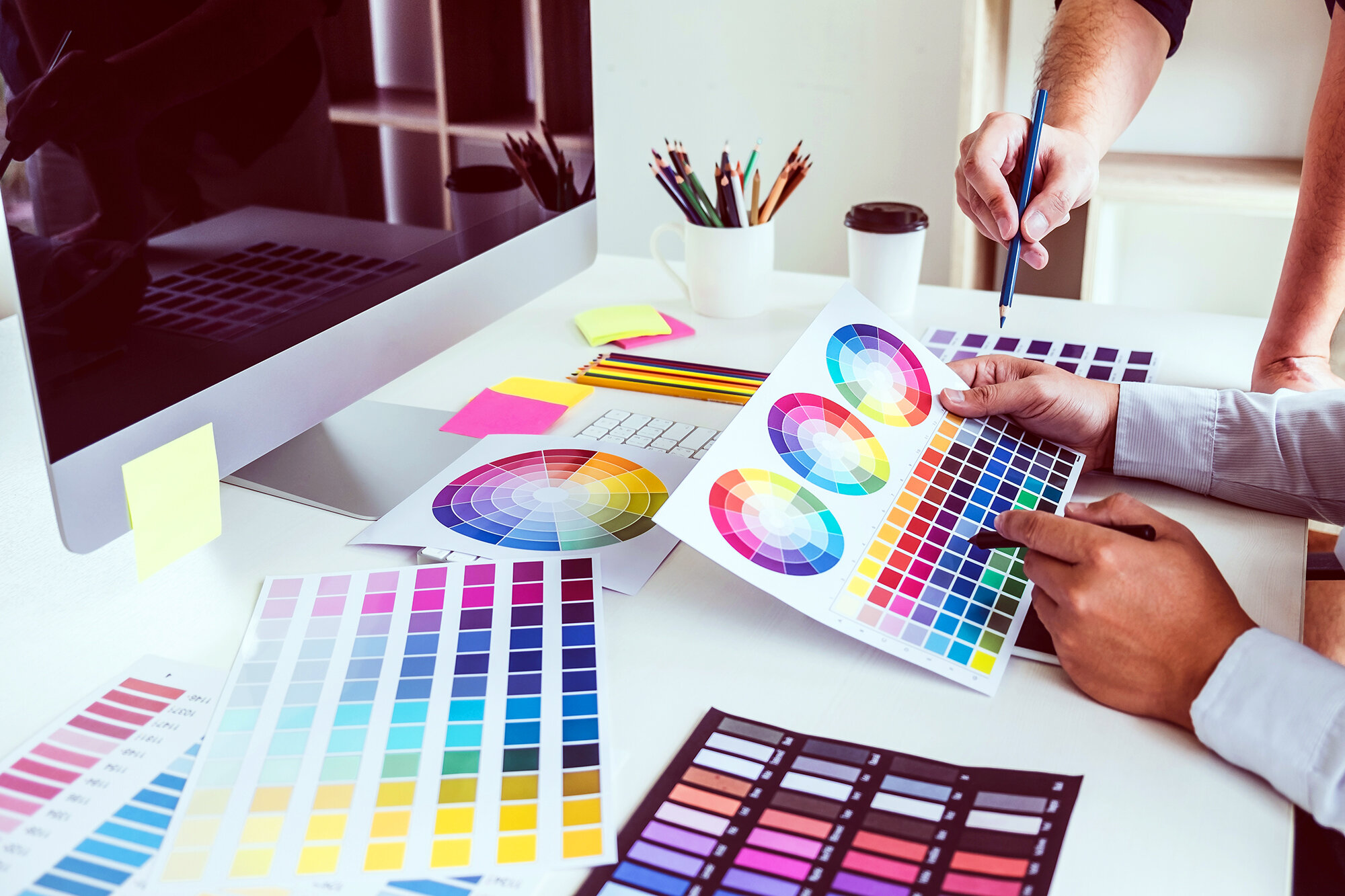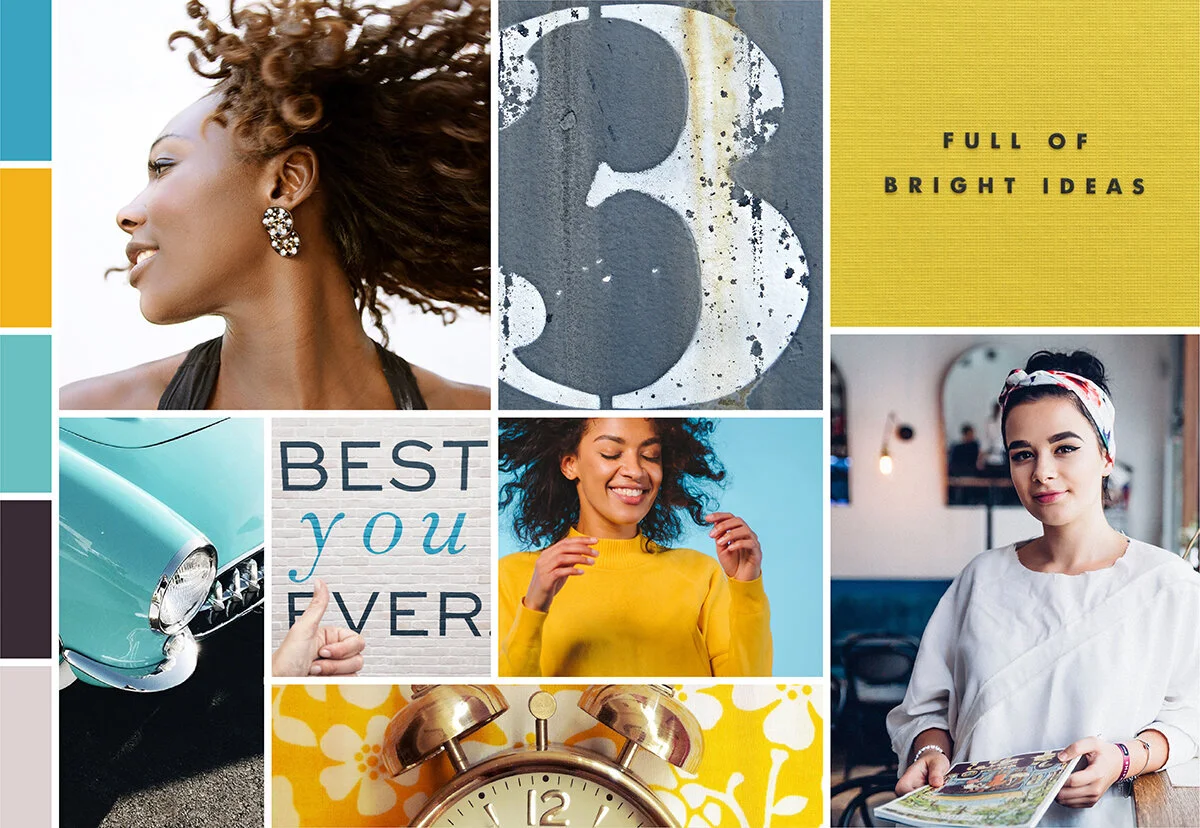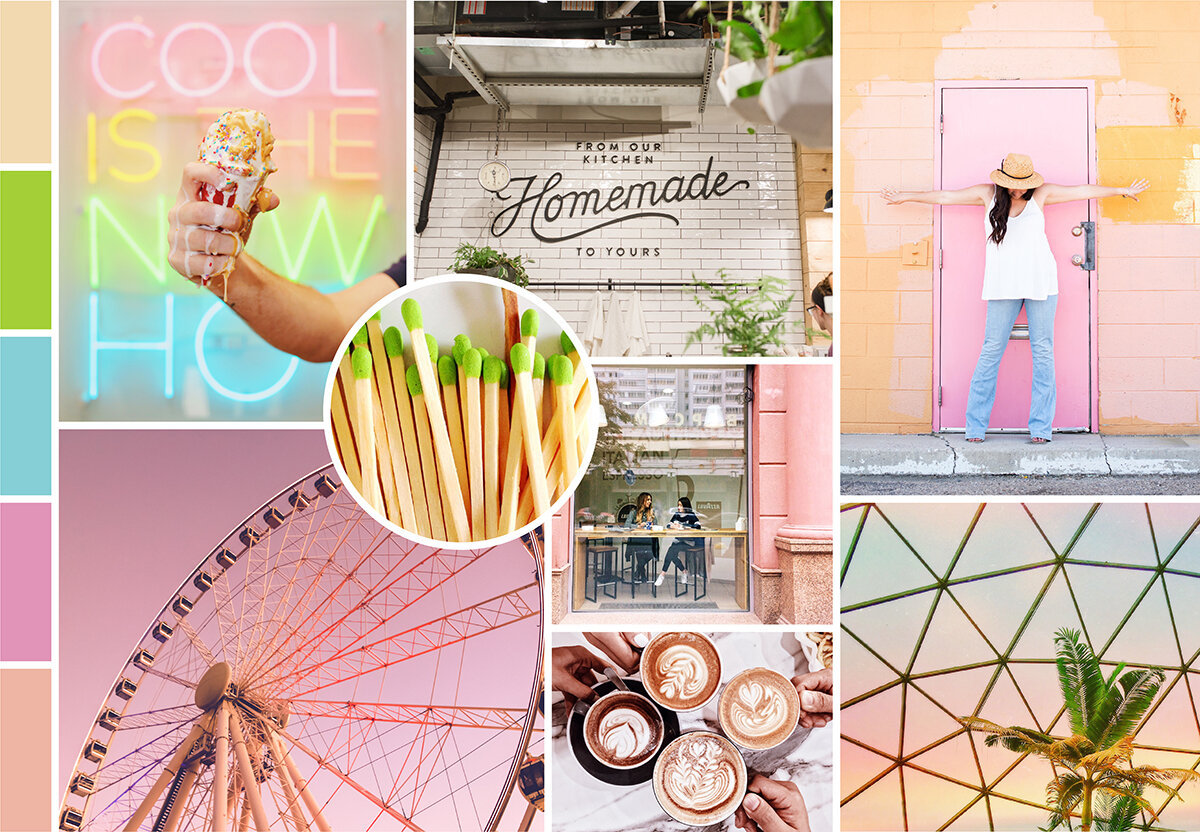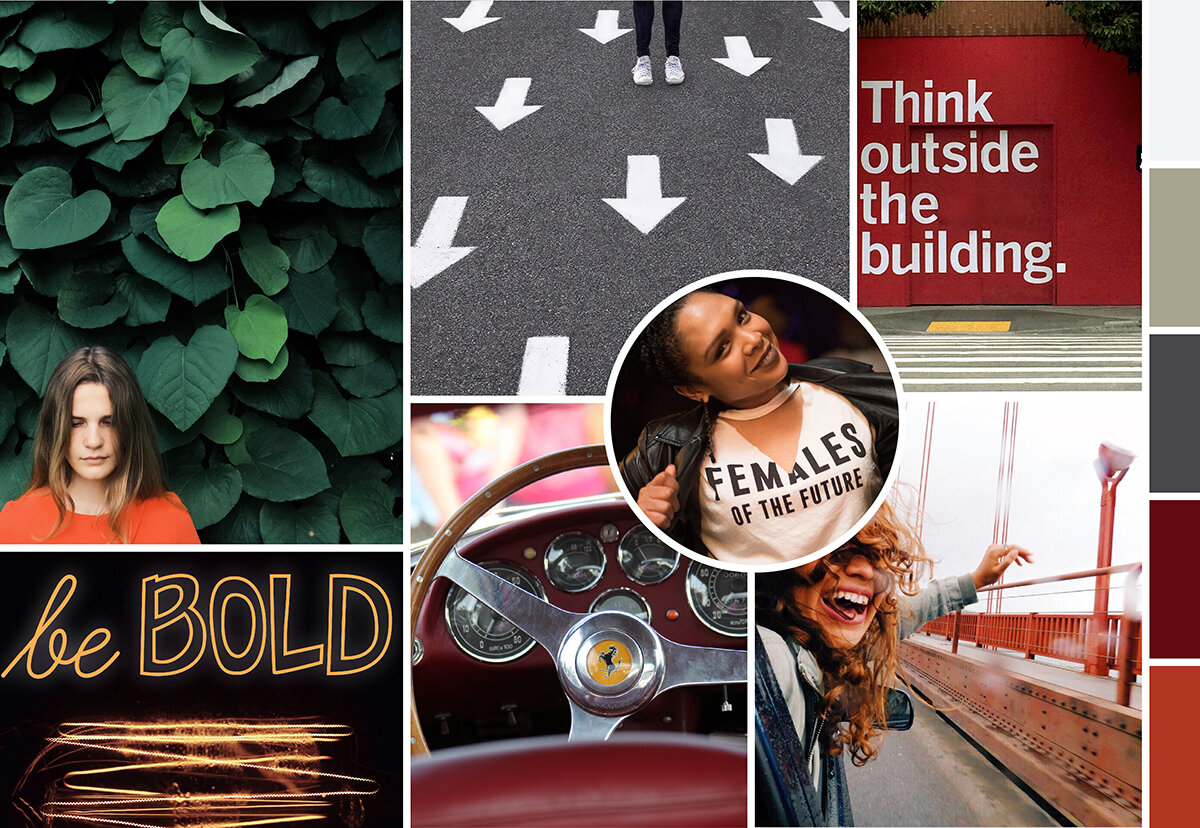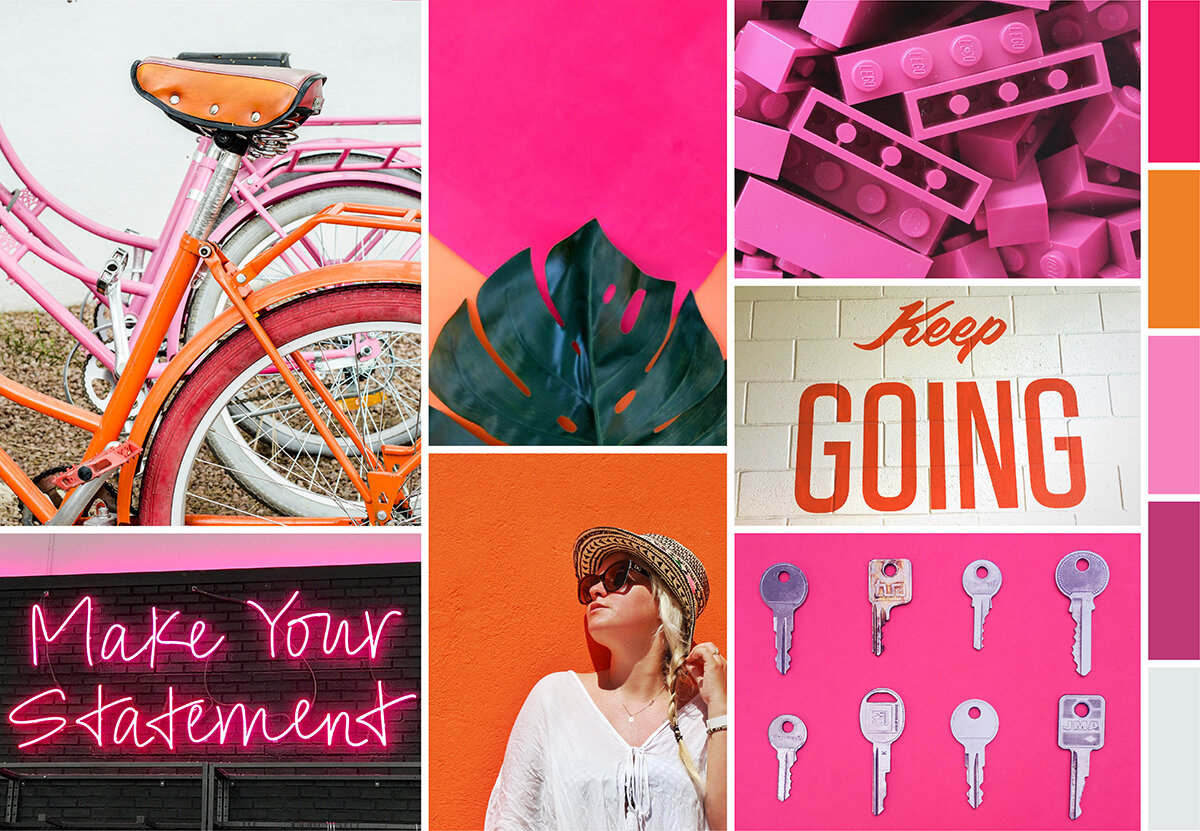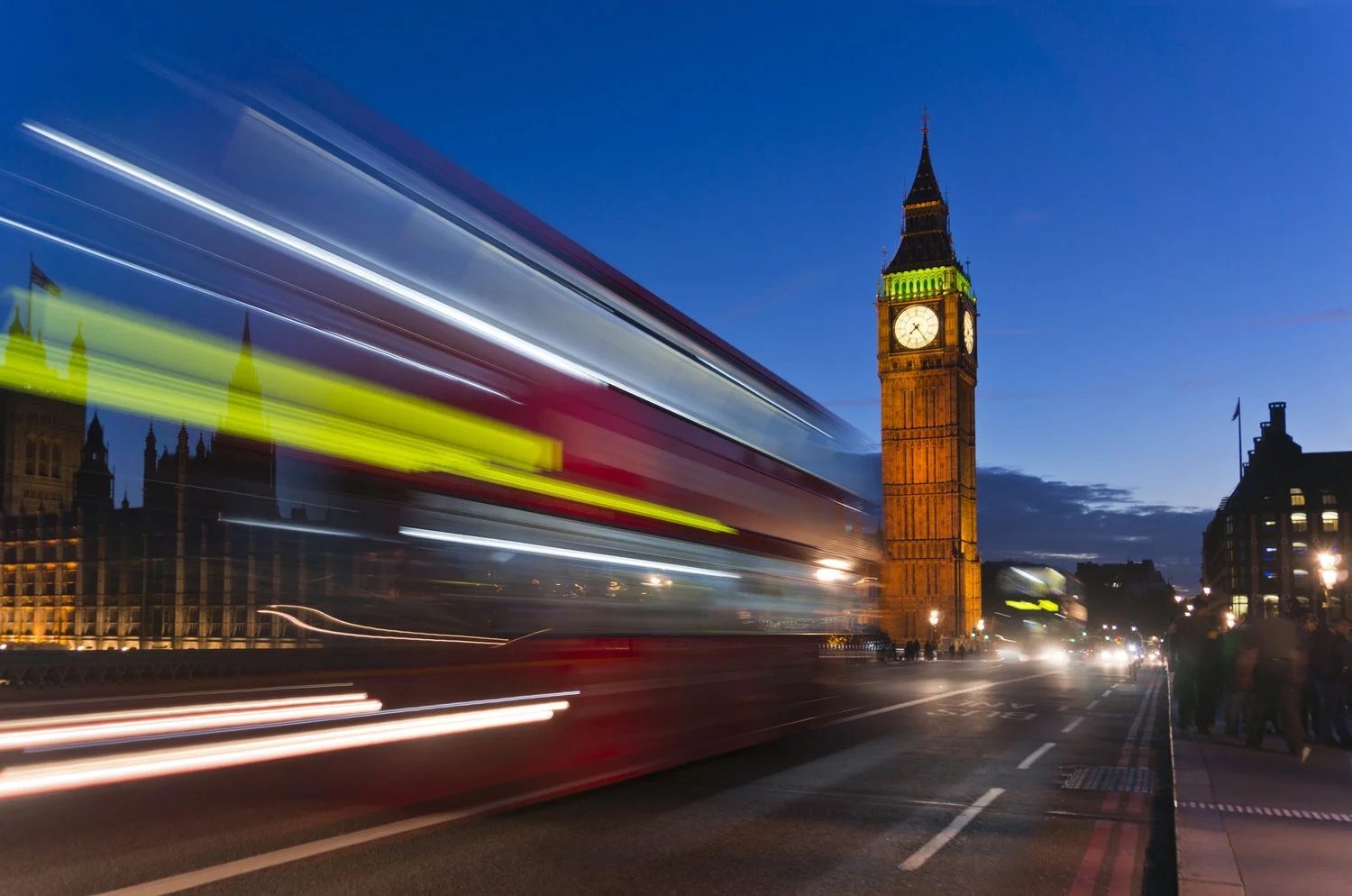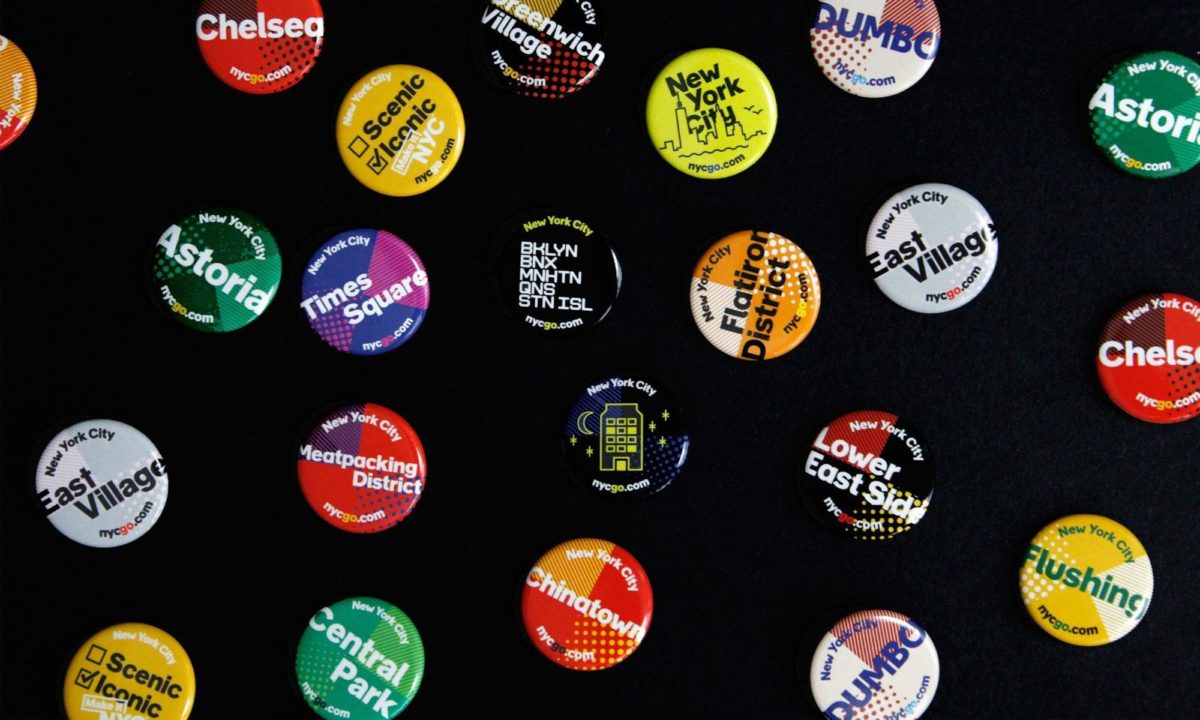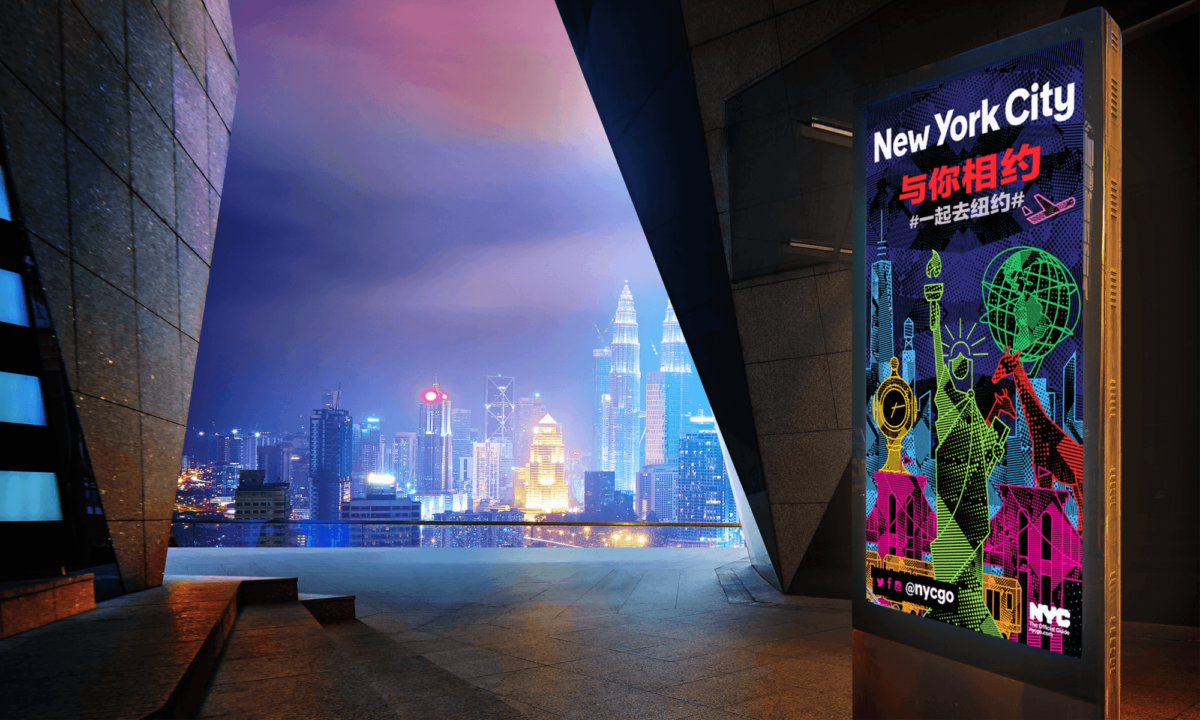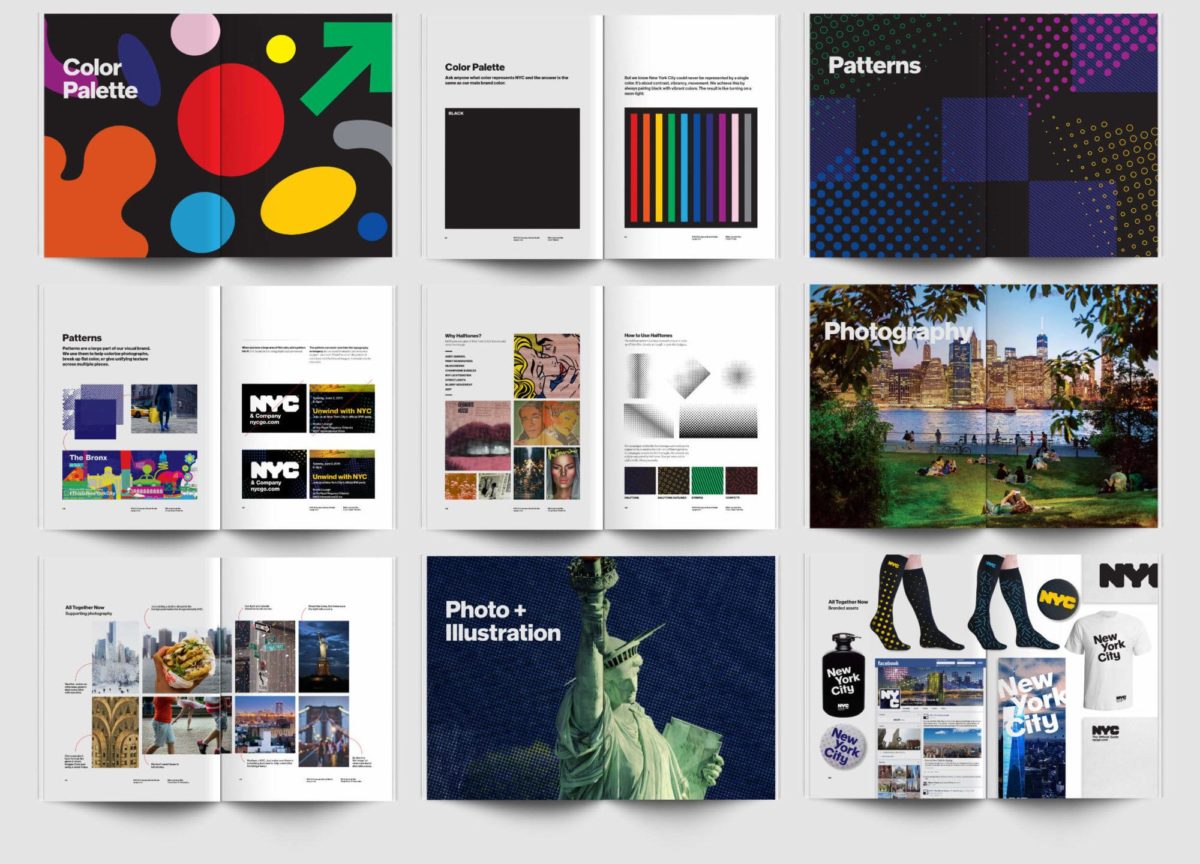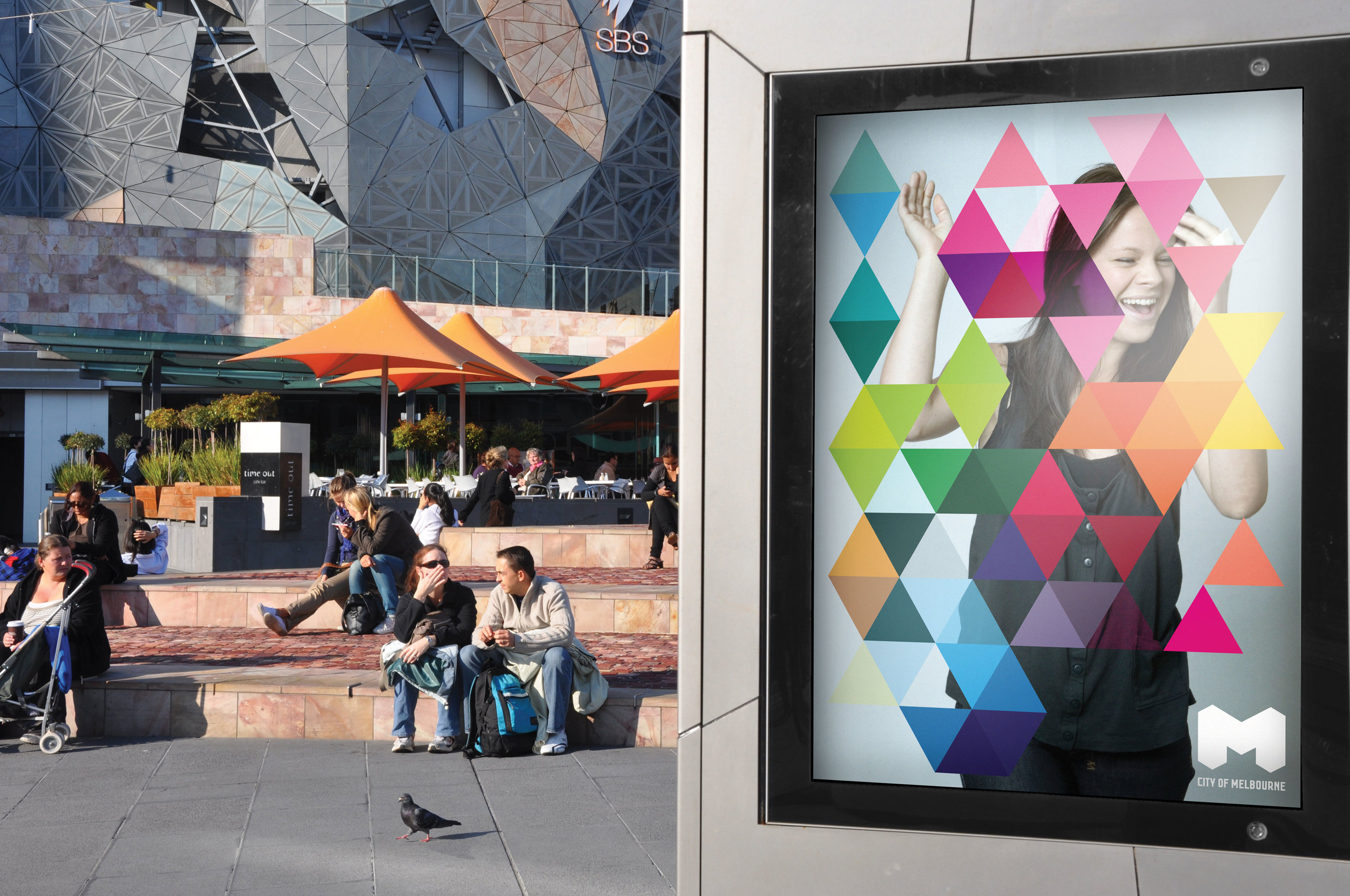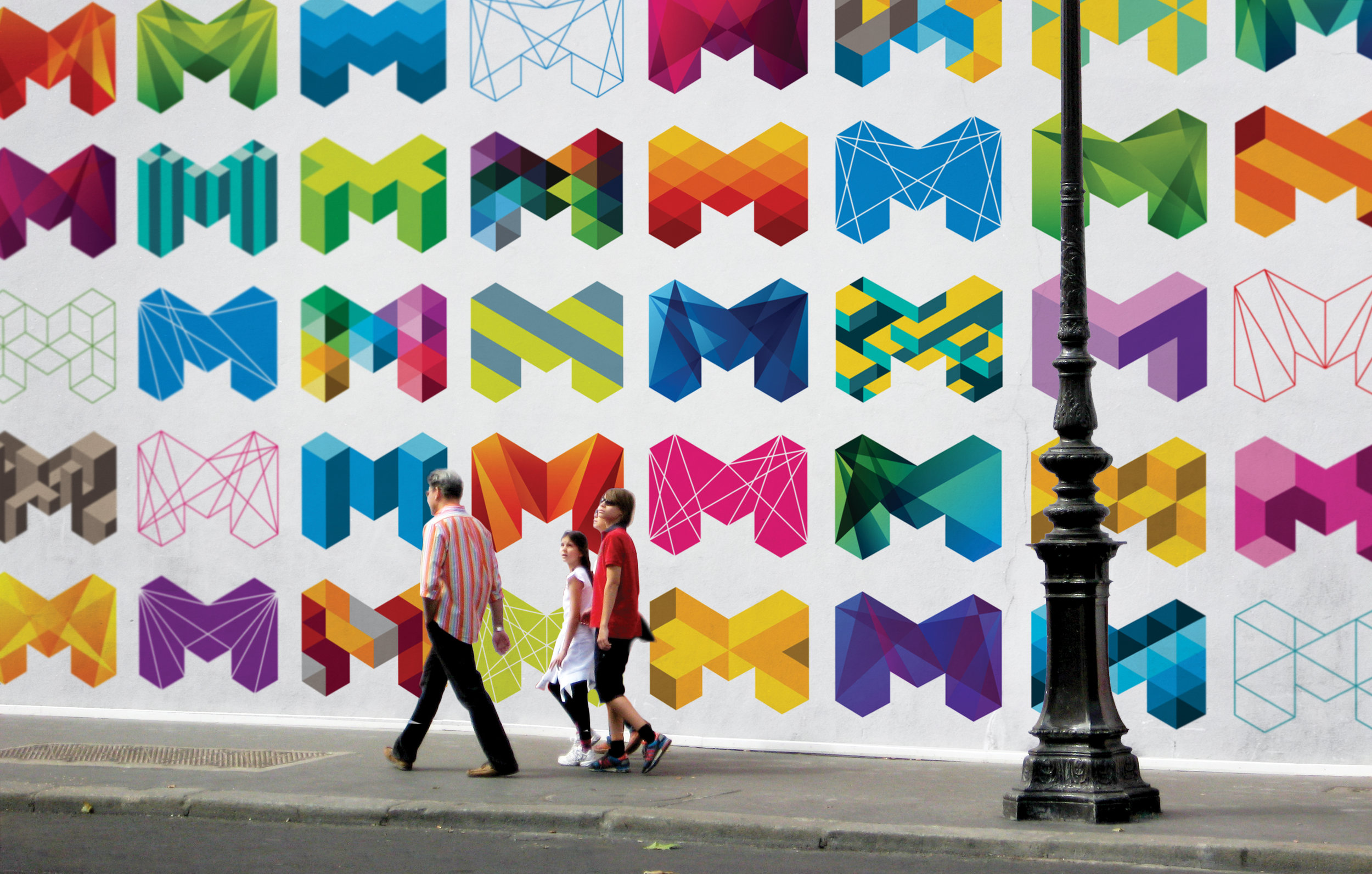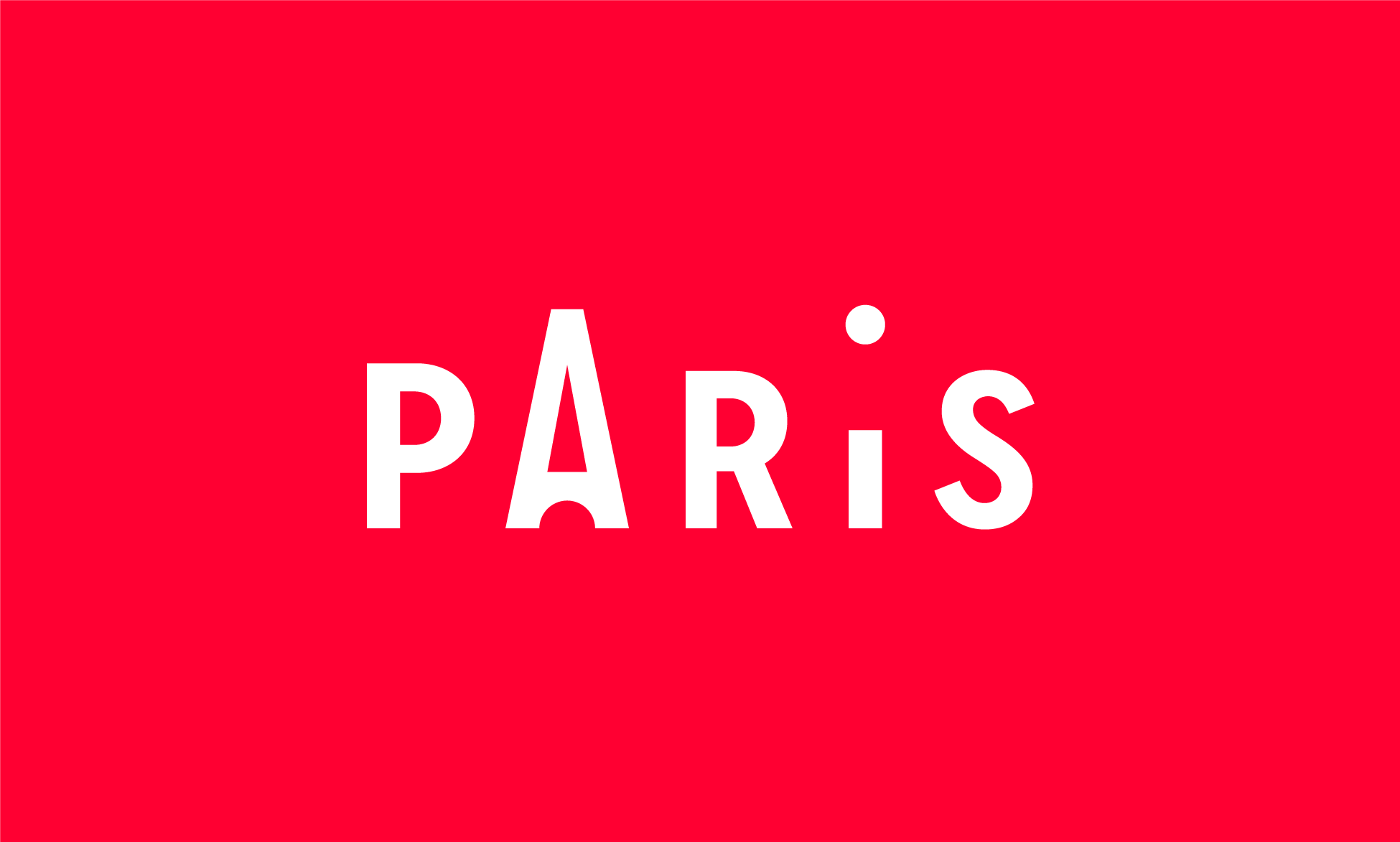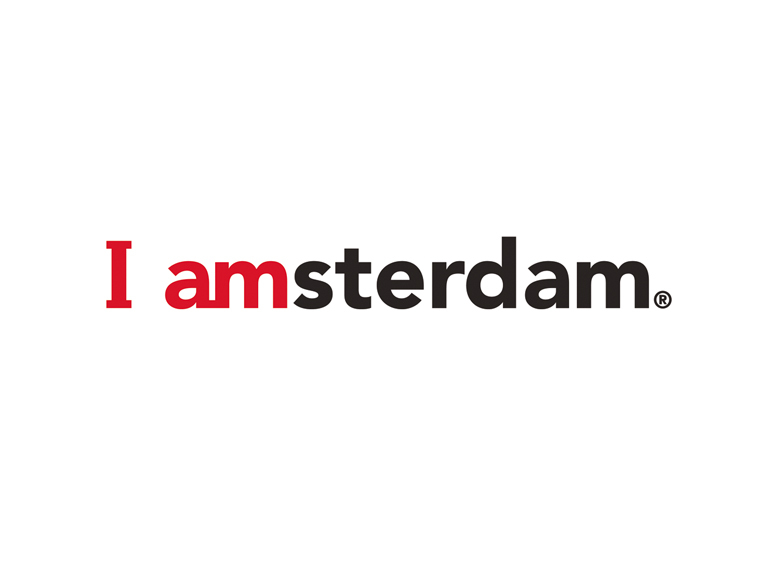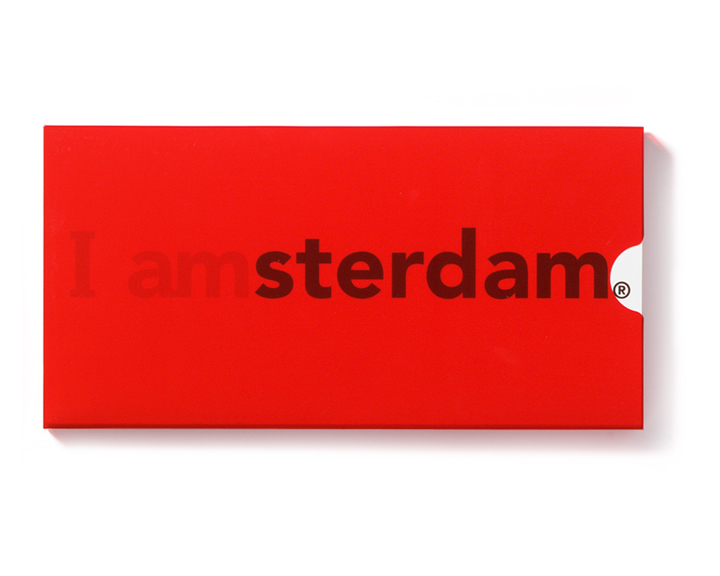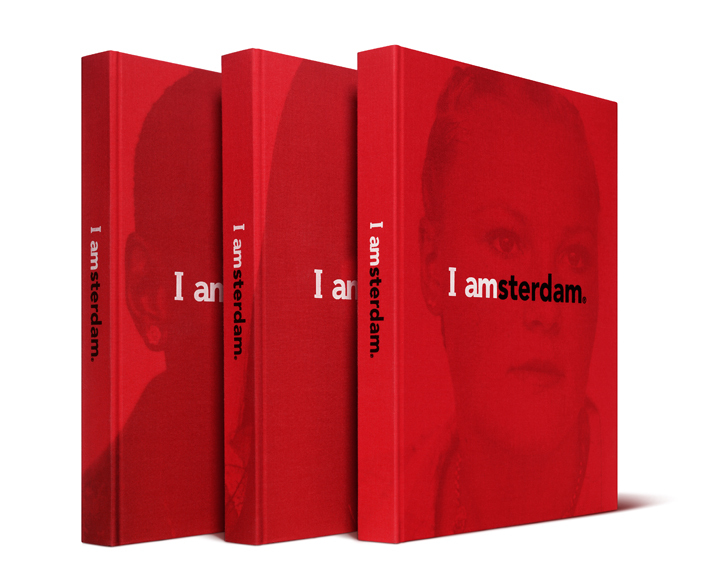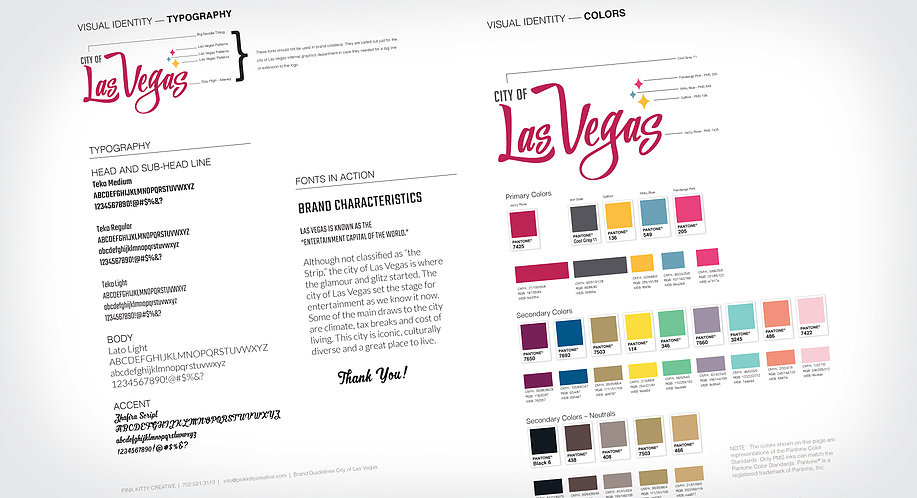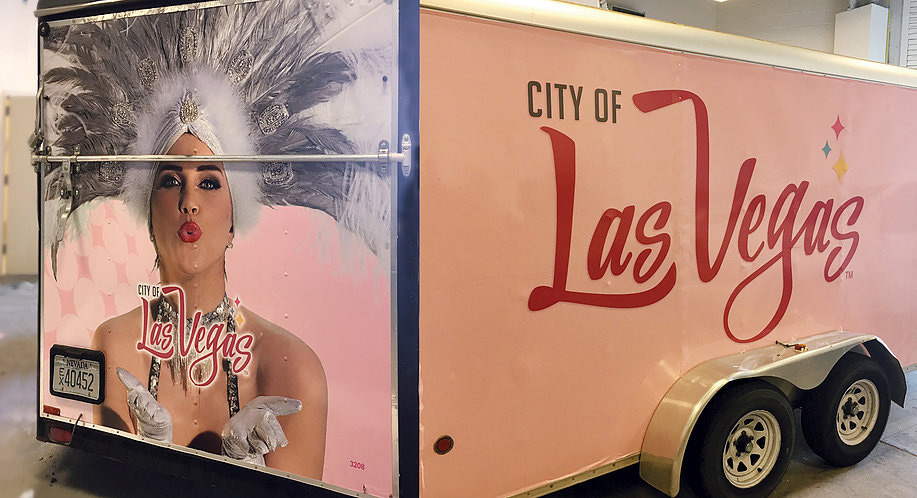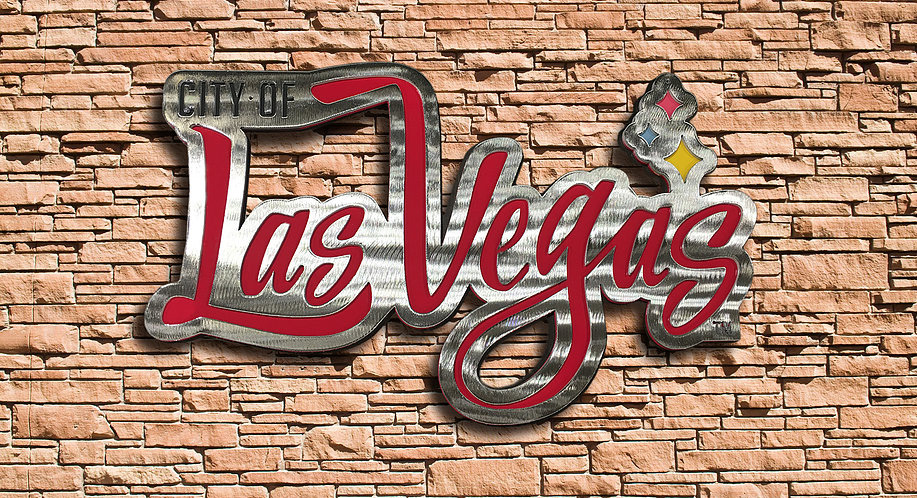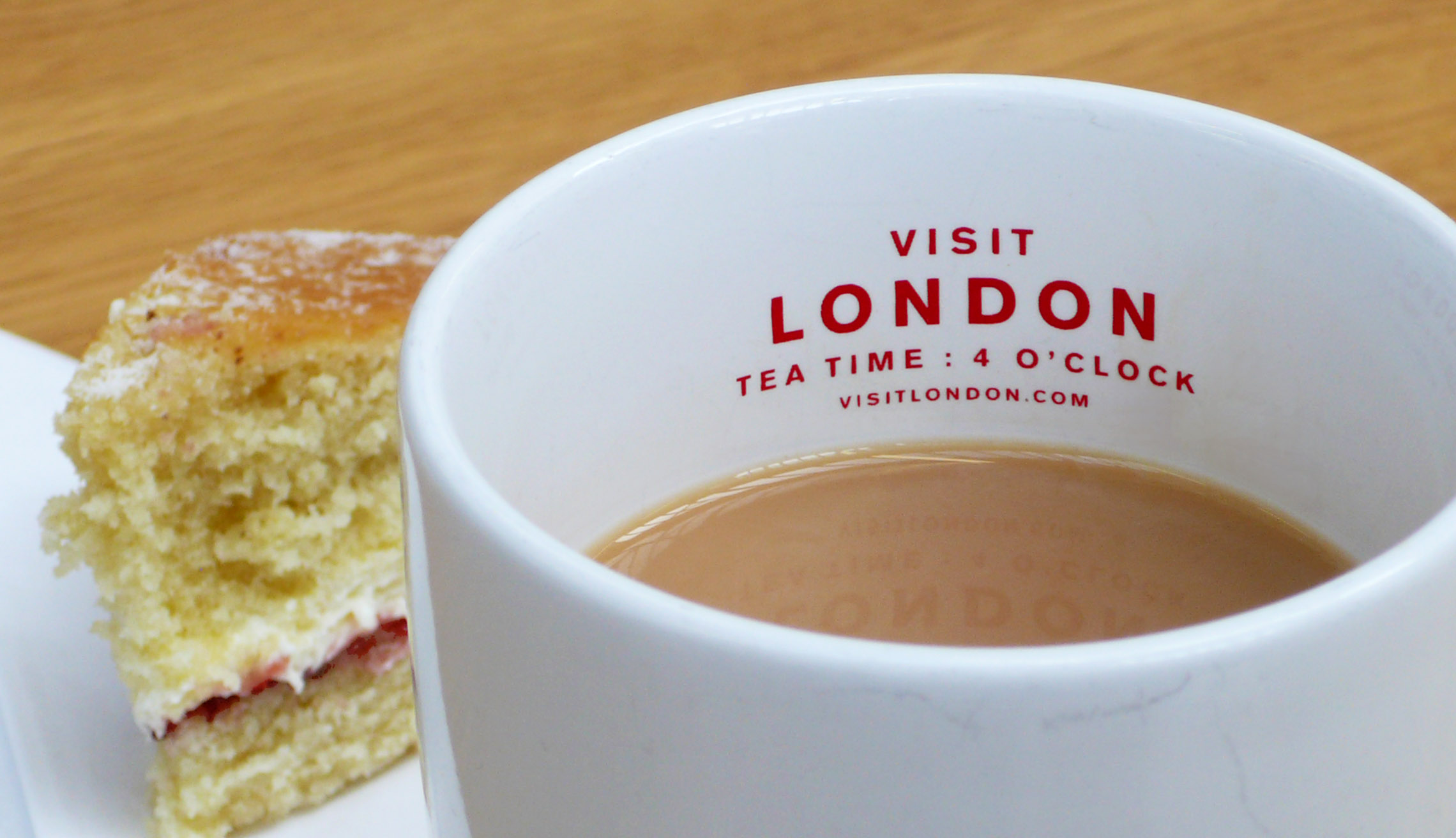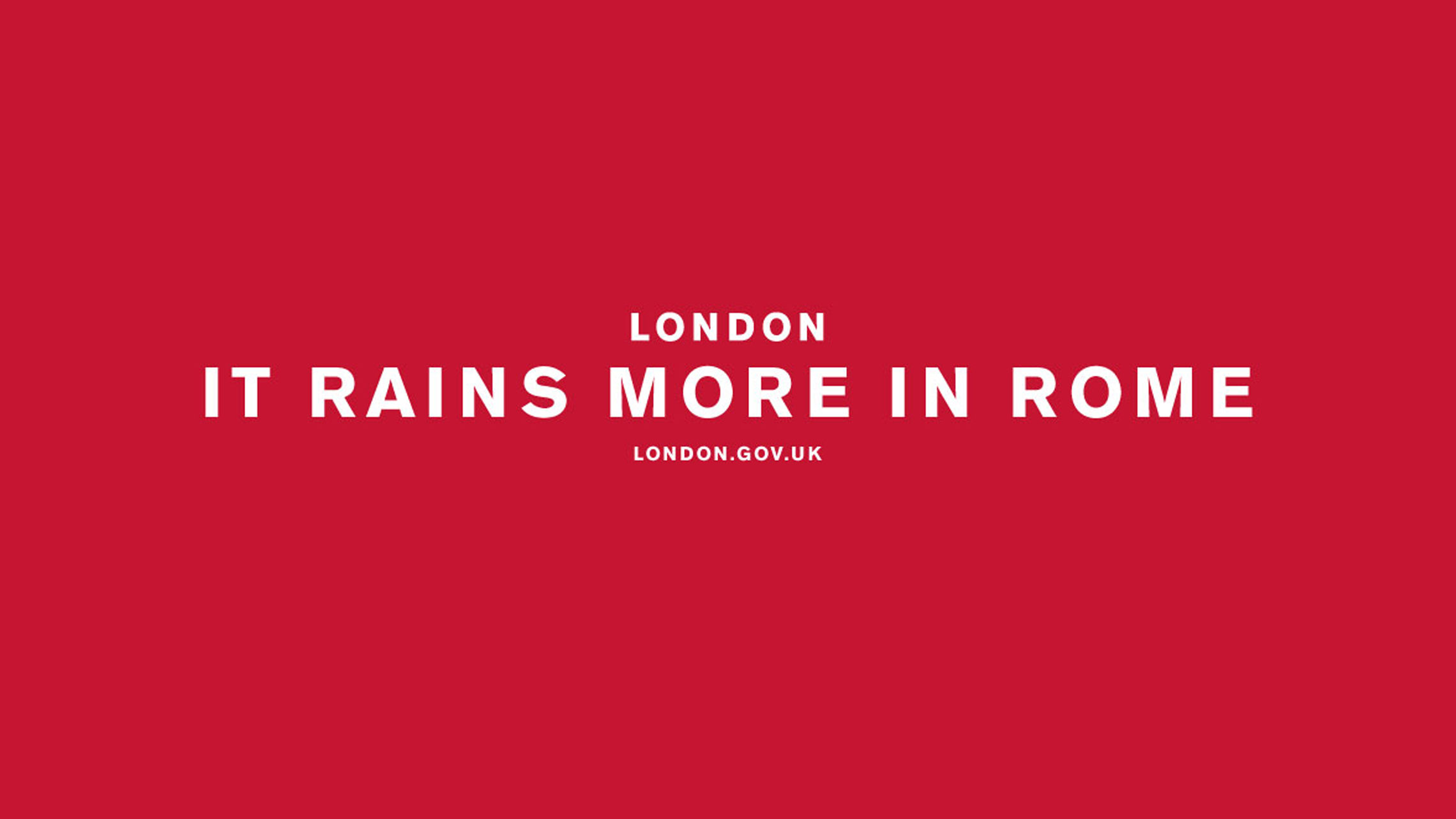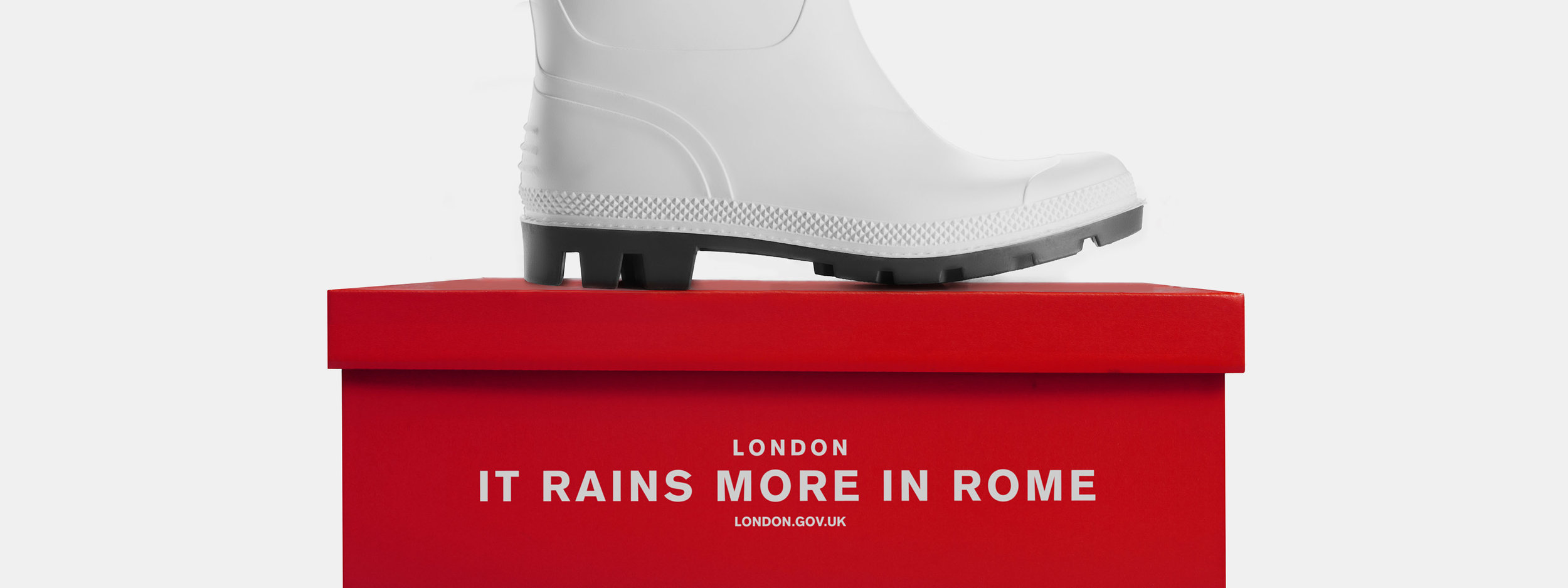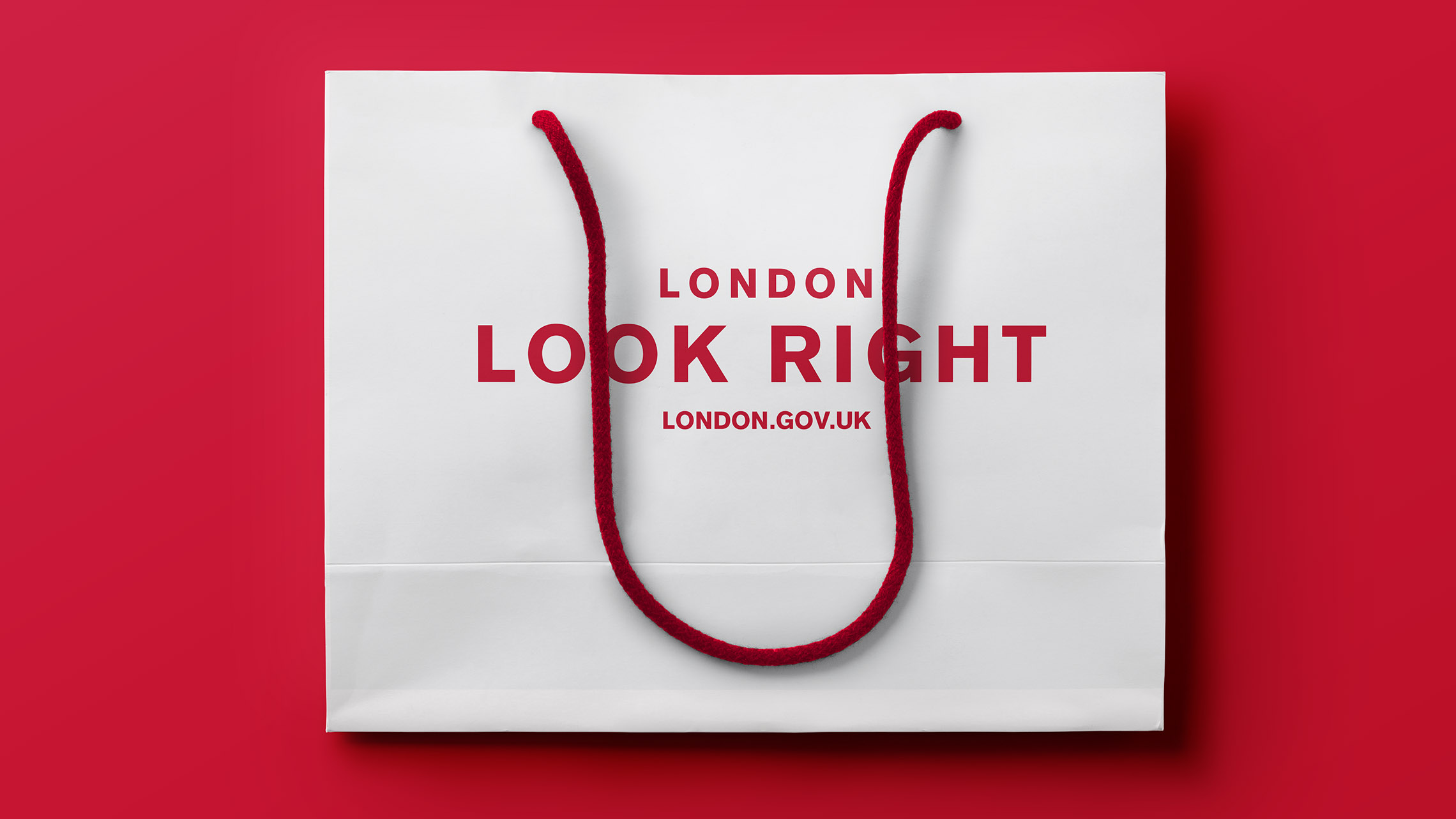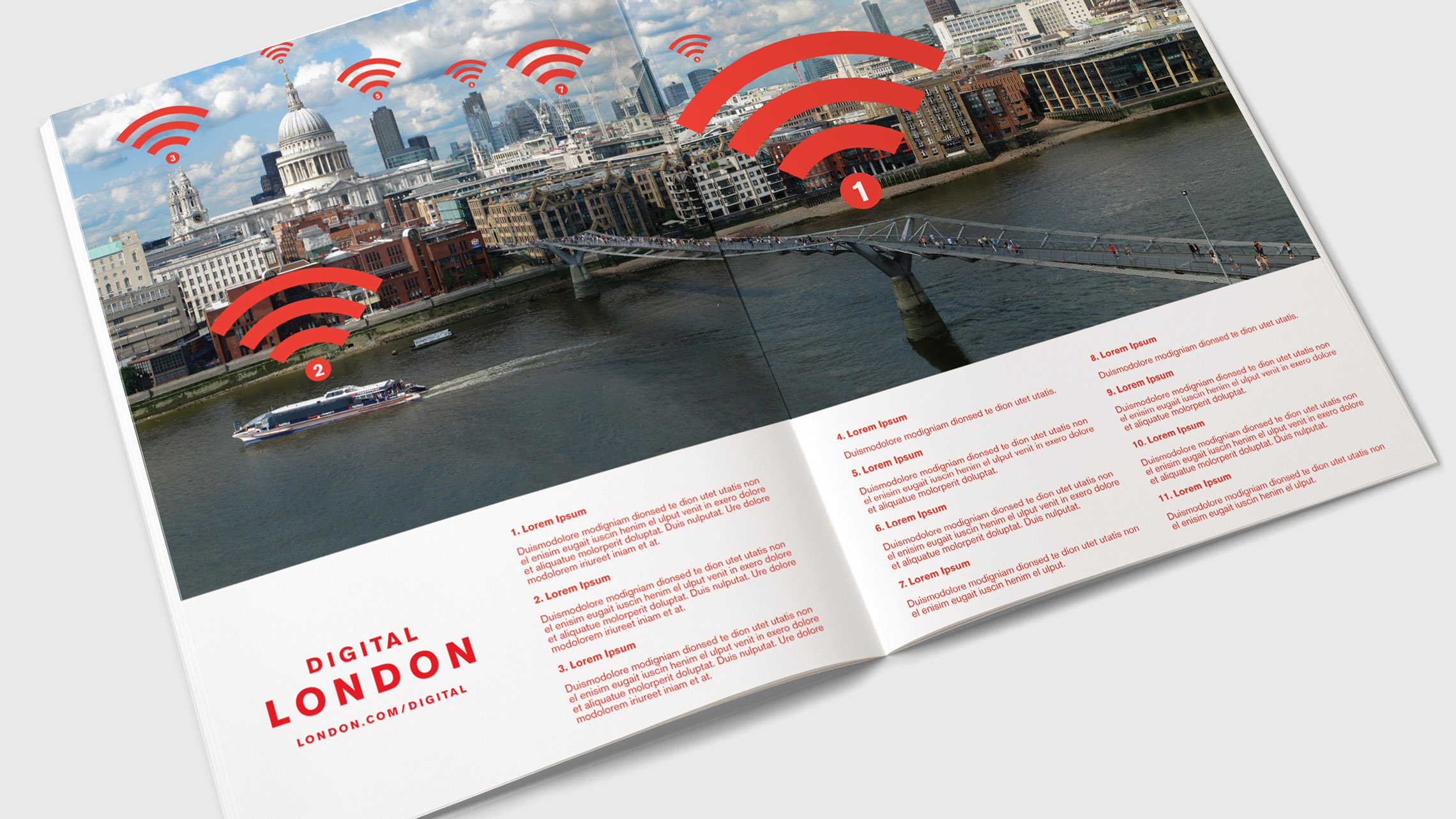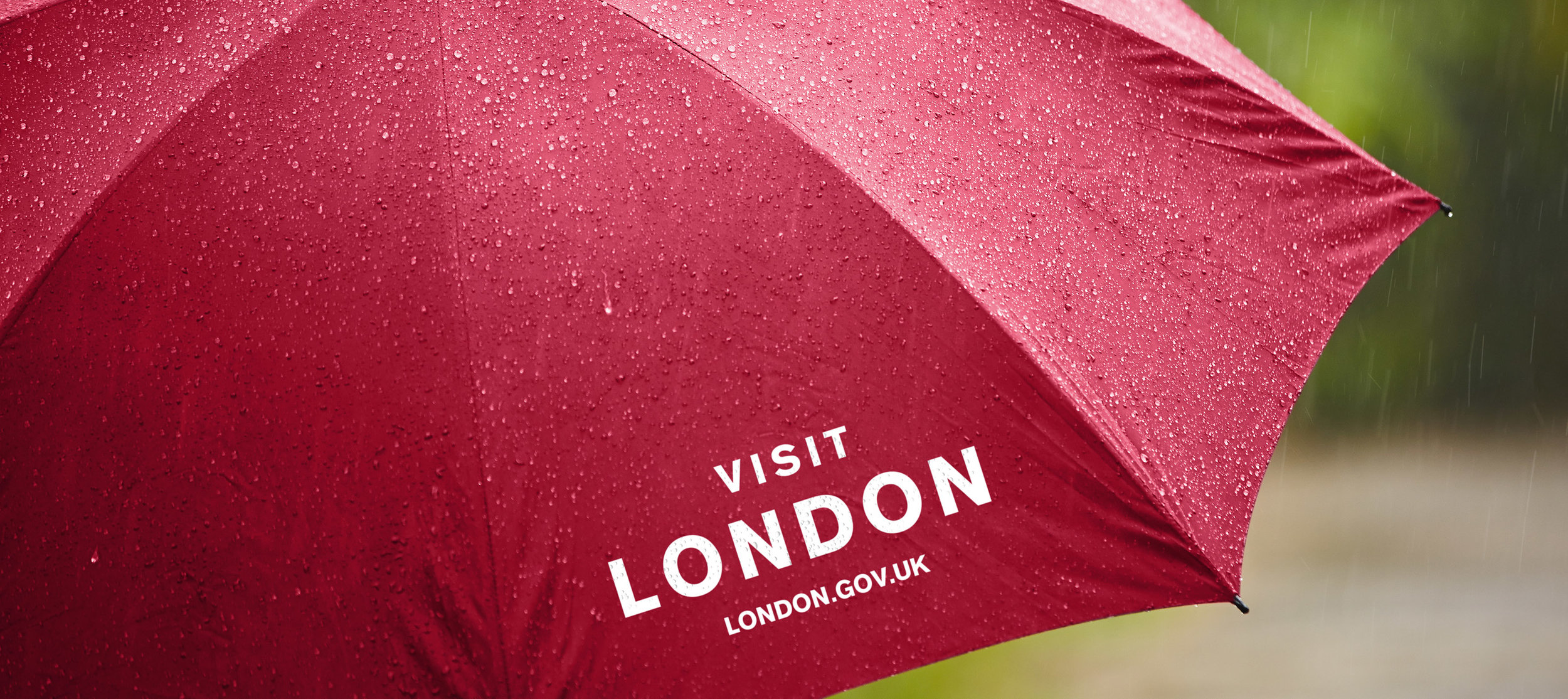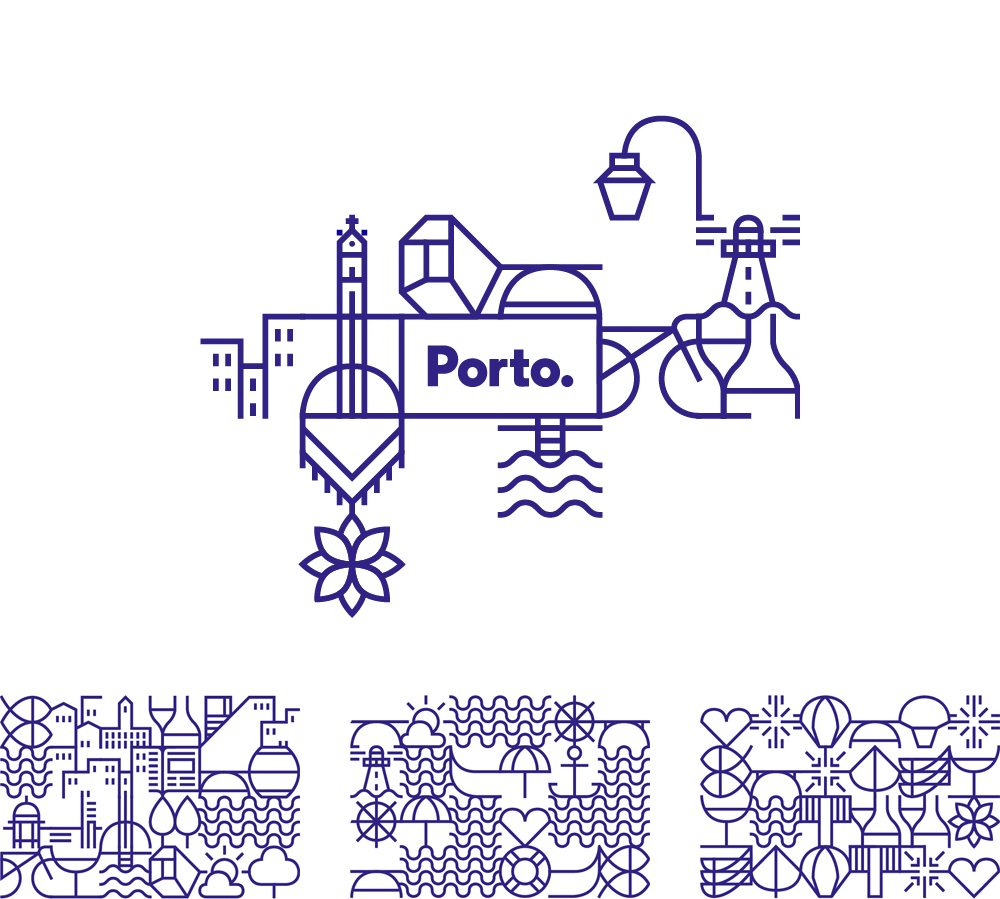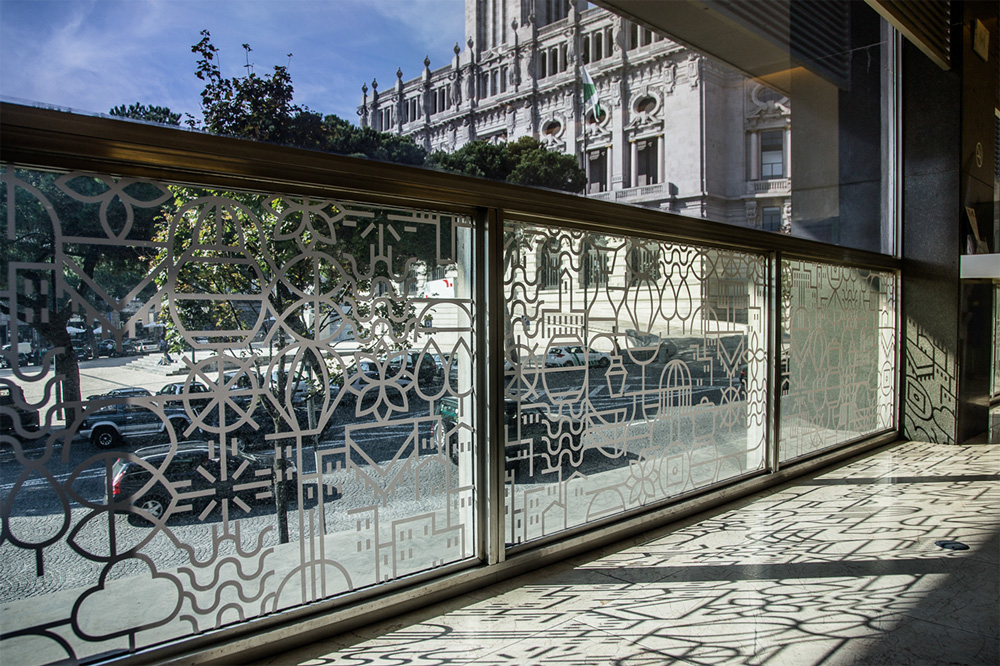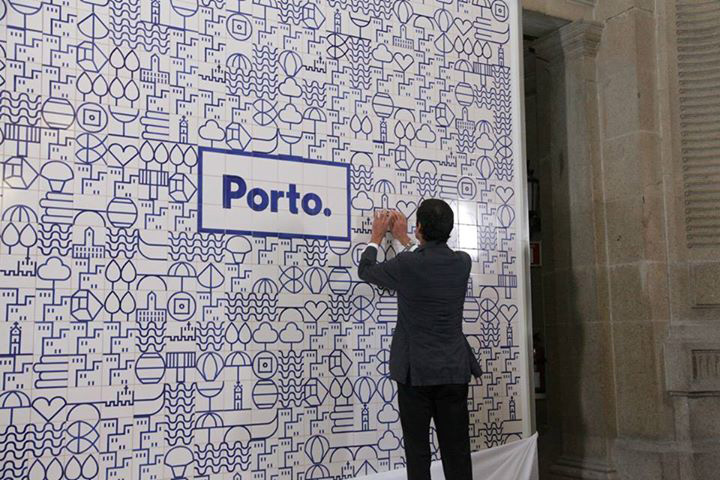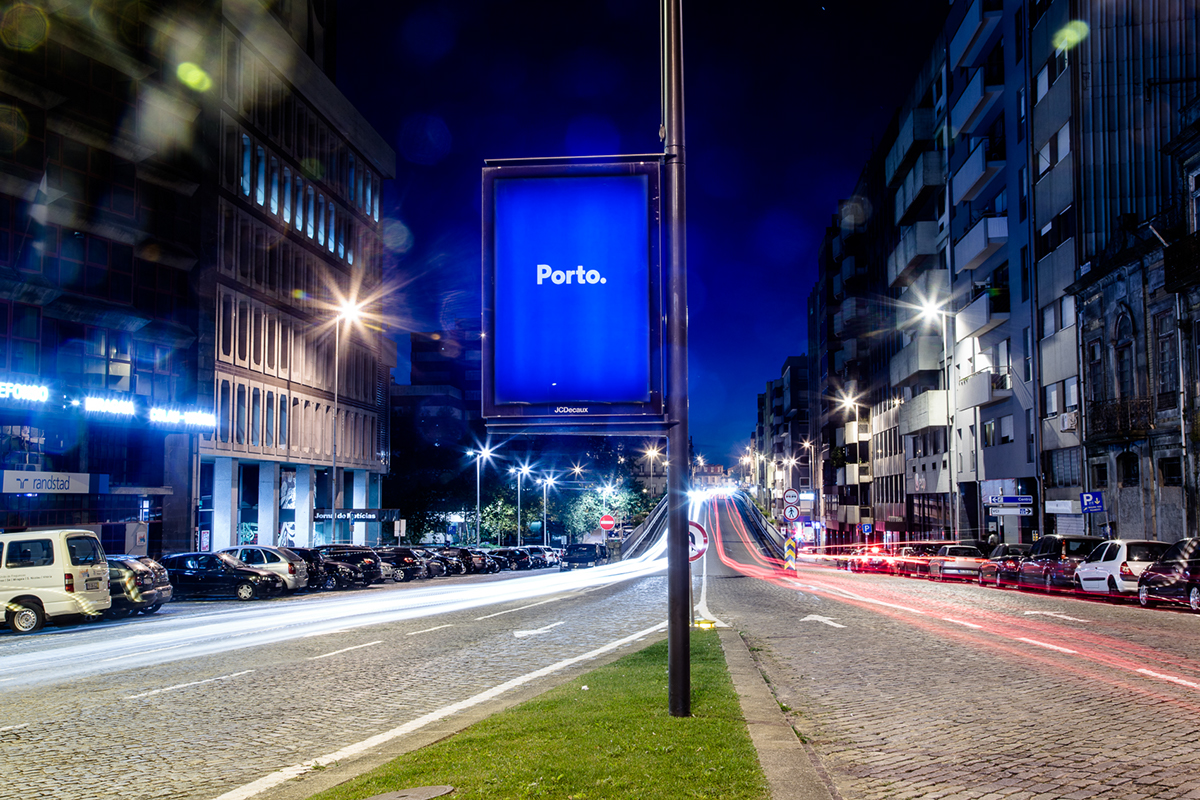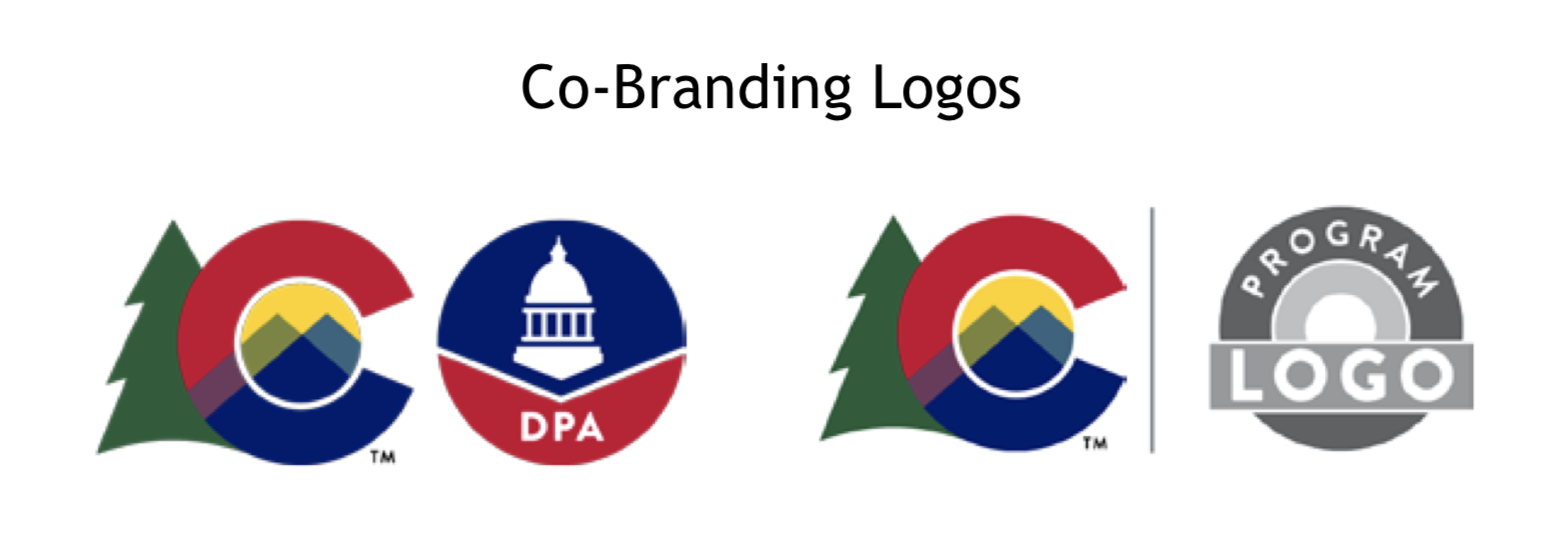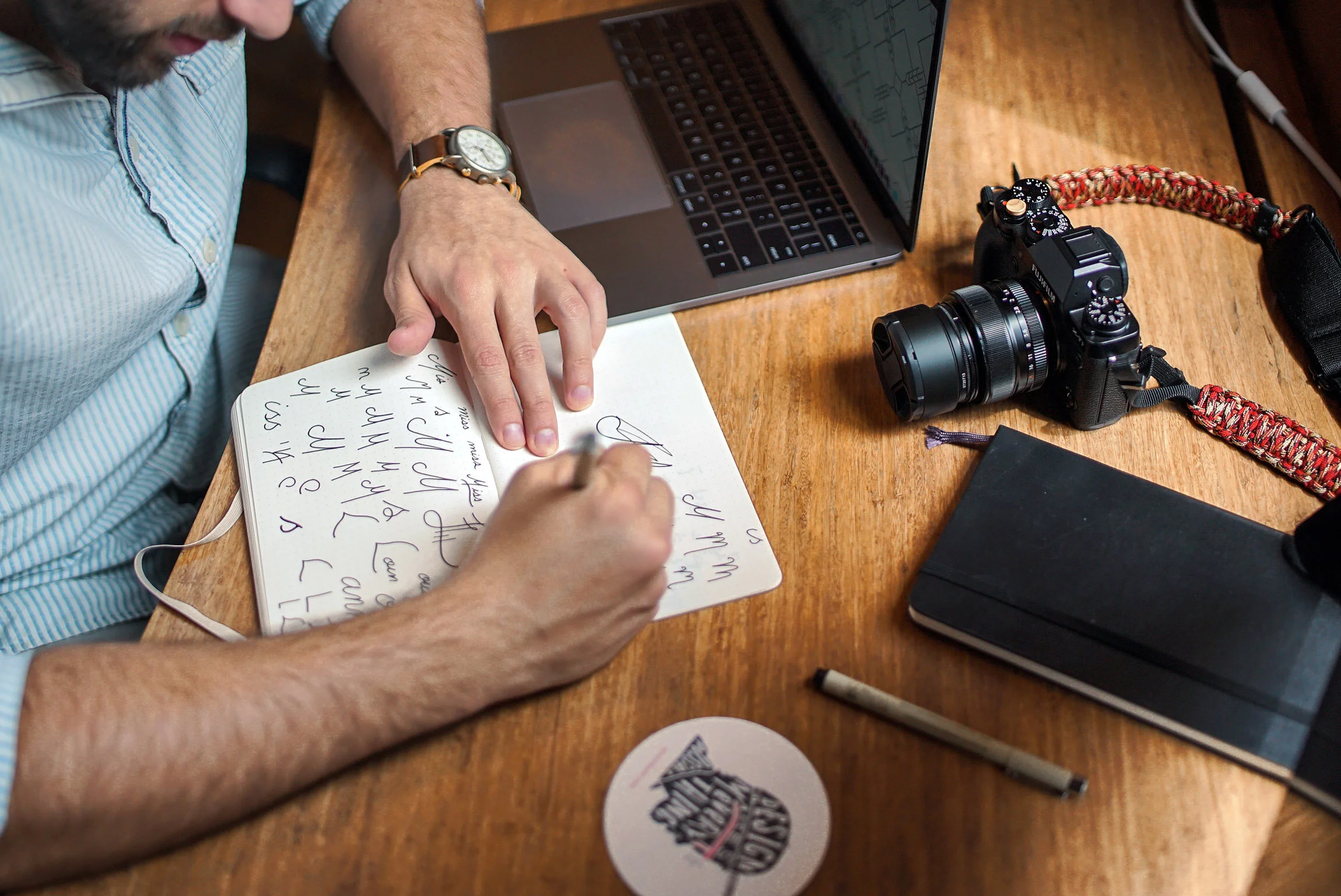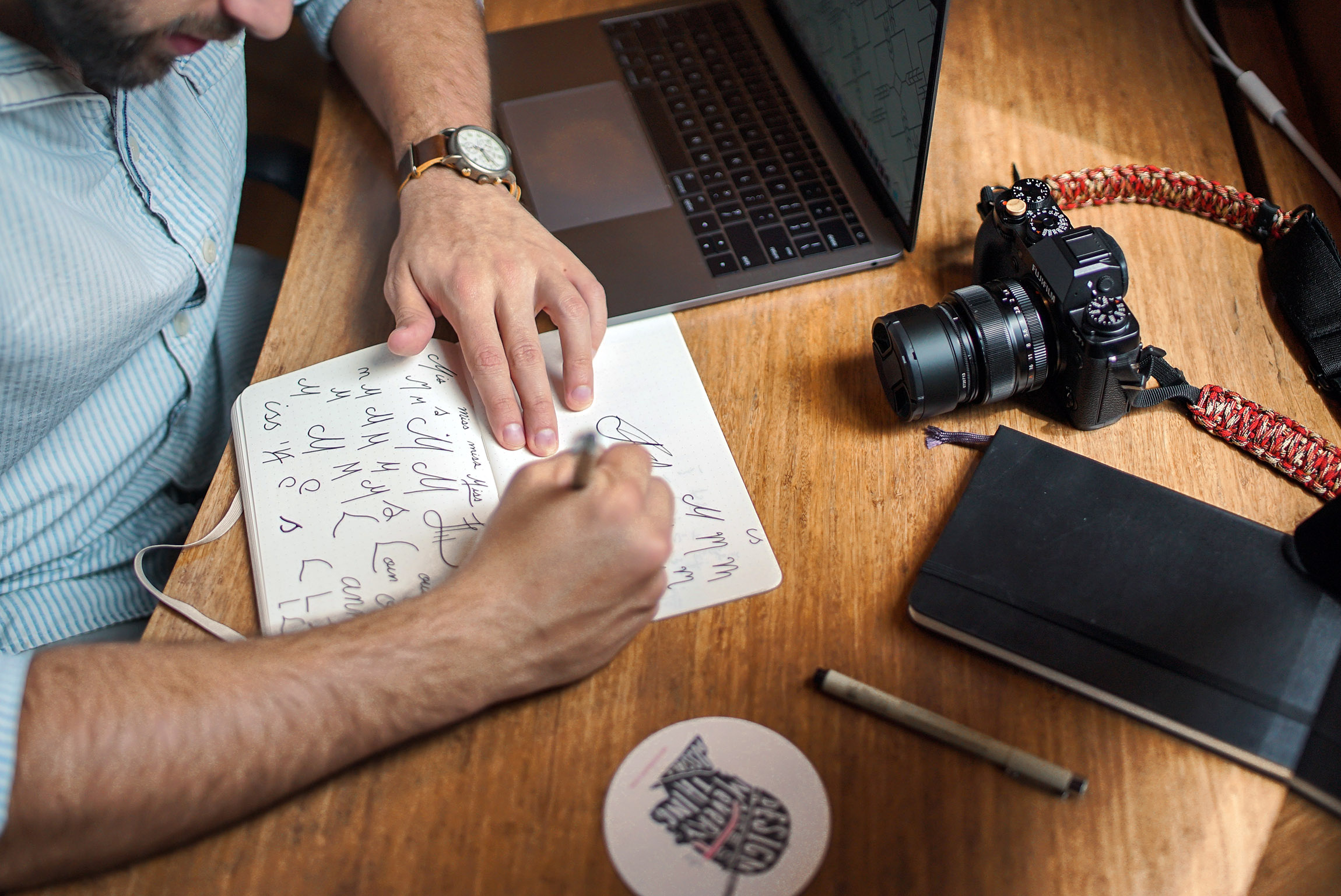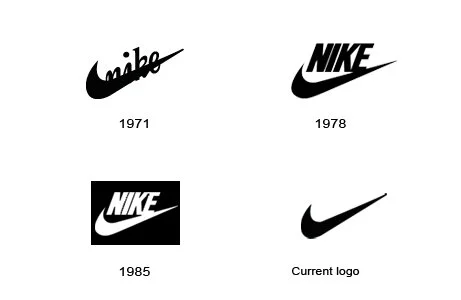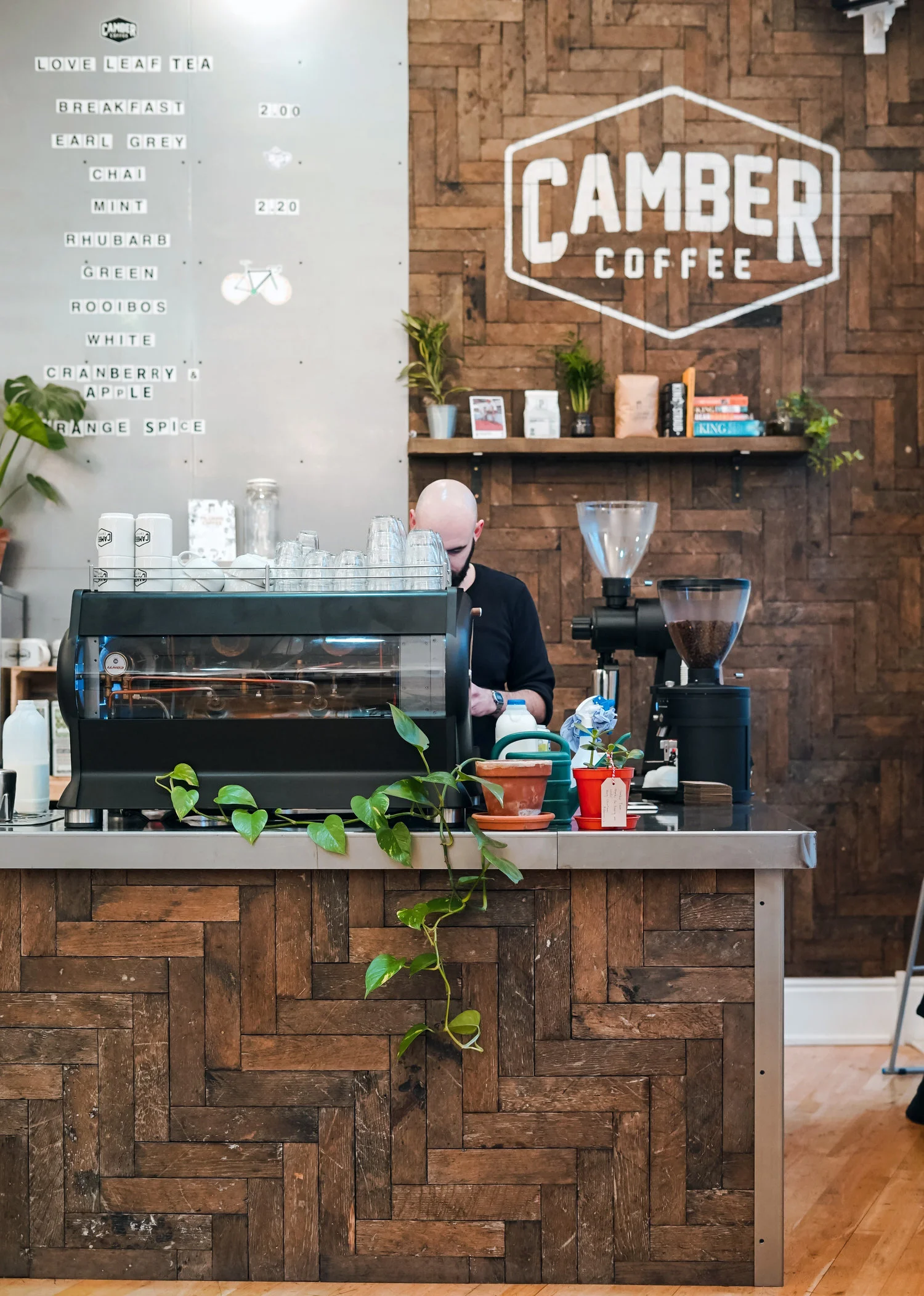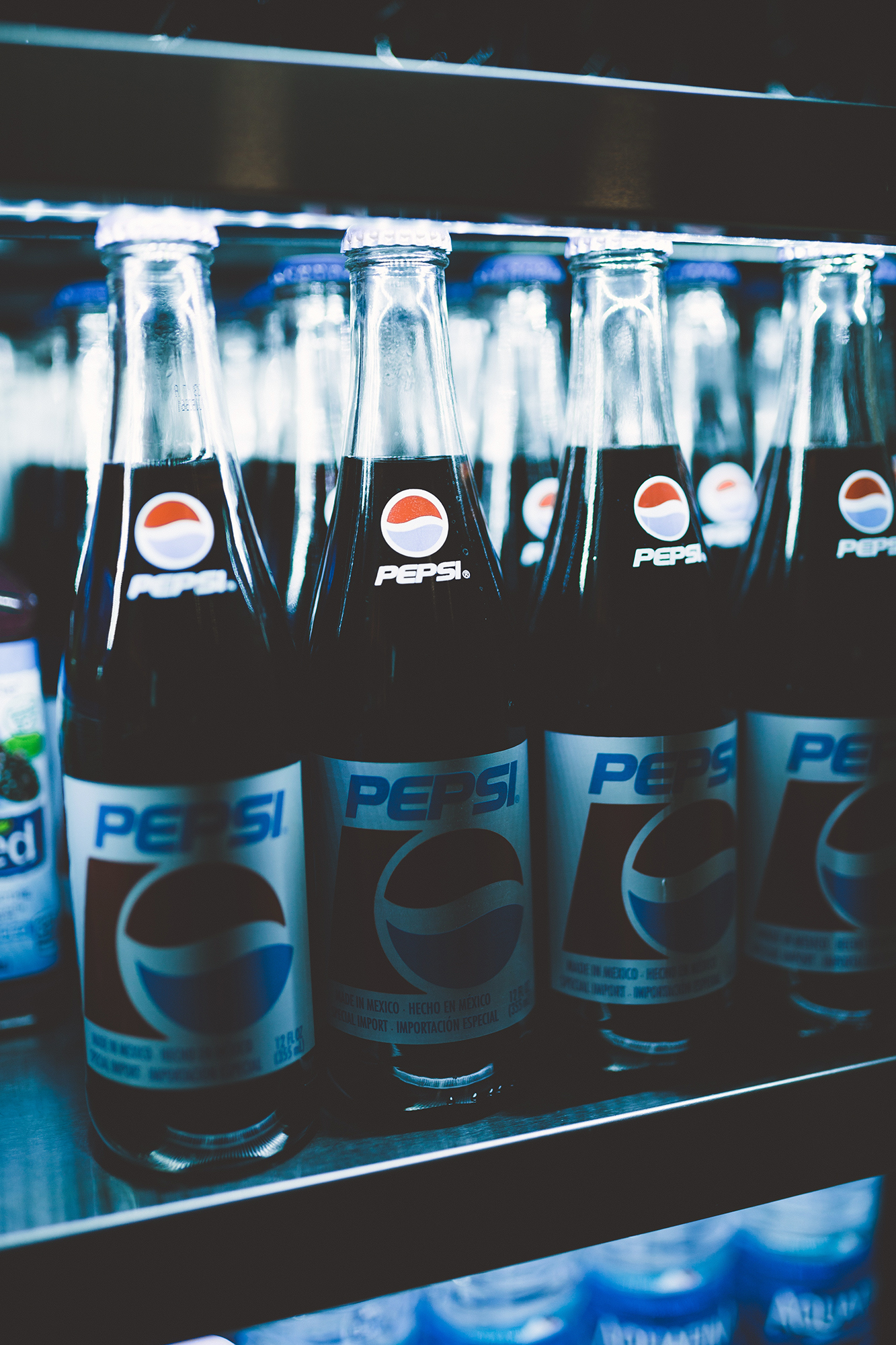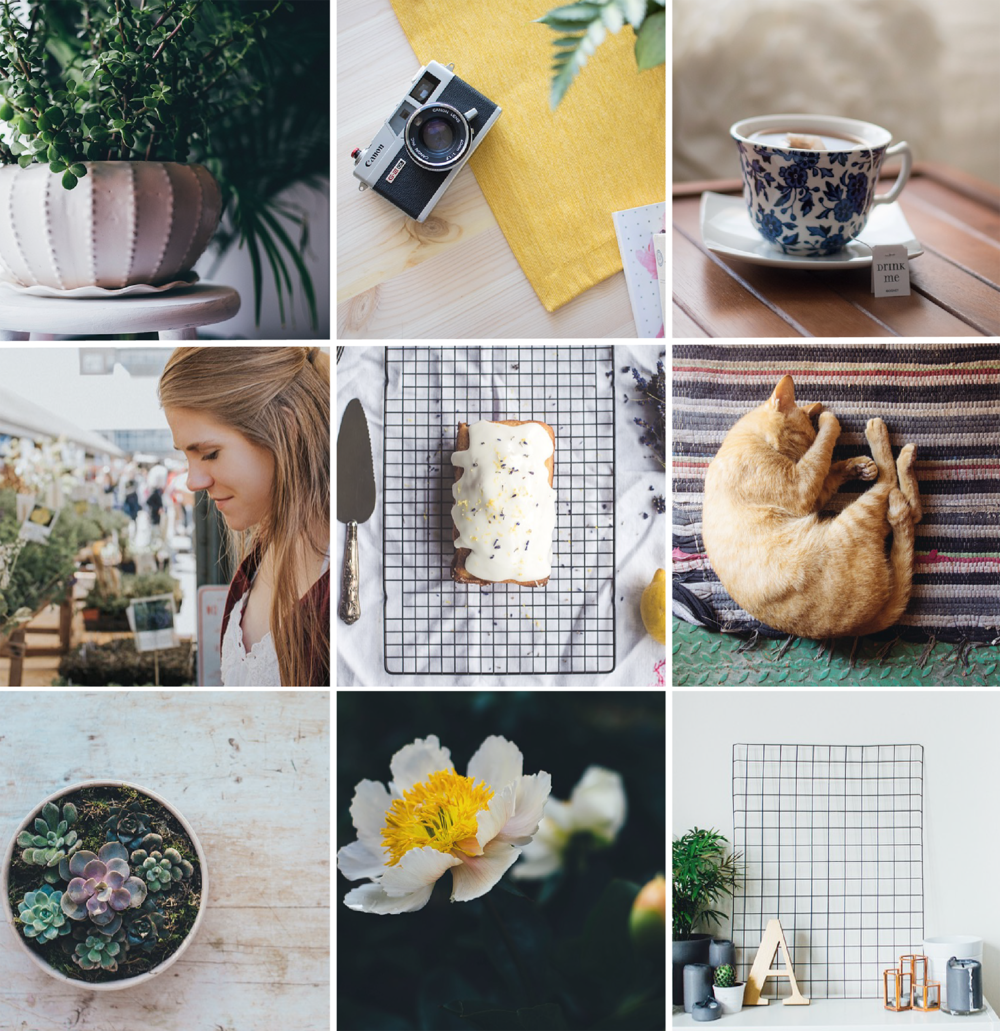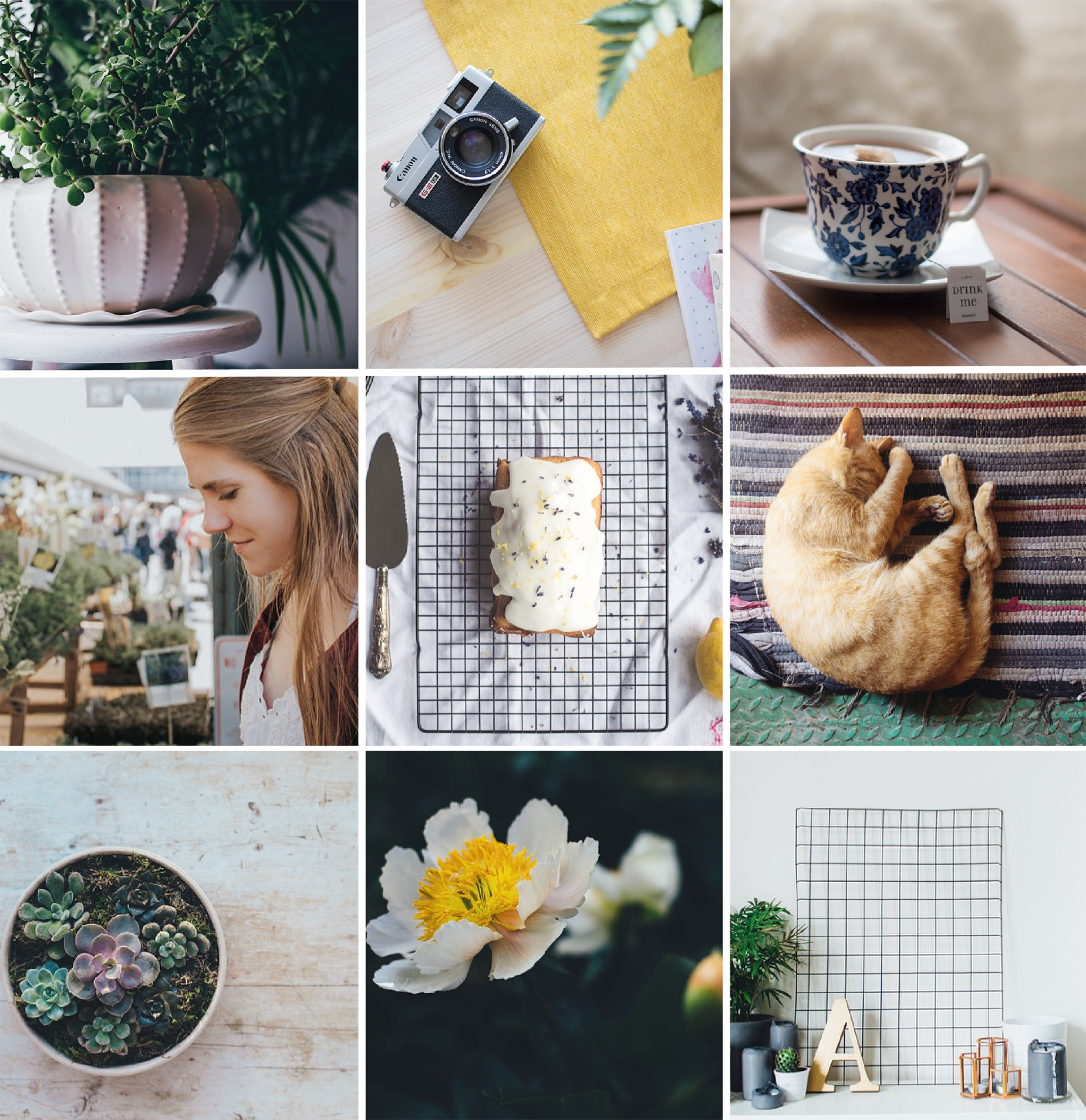Quick tip: Brand guidelines coming in at over 50 pages? Consider creating an abbreviated version that can serve as a quick reference guide.
Brand guides are essentially an instruction manual for how to communicate both your visual and written brand. Depending on the size of your organization, your brand guide may come in at 100+ pages, or you may decide to utilize a more simplified sheet style. No matter how complex your brand guidelines are, we advocate for making them as clear and easy to understand as possible.
Remember, branding is the personality of a commodity and your brand guide serves to translate that brand to outside parties. You want to include everything needed to communicate the feelings and expectations that are connected to the goods, services and even people your brand represents (read more on that here).
Further reading: If you want to learn more about all the marketing collateral your new business should consider, check out this post.
If you’re unsure what you should include, we’ve put together the reference guide below. If you’re hiring an outside agency or freelancer to compile your brand elements, this quick reference guide will help you determine everything you should expect to be included.
The basics:
Brand Story/Mission/Vision: First up, you’ll want to tell people what your brand is all about. This might come in the form of a vision statement, positioning statement, elevator pitch – or, maybe it’s a more fully formed brand story. No matter the form, it’s important to give people background information about your company.
Quick tip: Always include a table of contents in your brand guide. Trust us, every agency or freelancer that has to use your brand guide will thank you.
Key messaging: Have a tagline or key message you repeat over and over? This can be word for word phrases or simply big picture ideas you want to see repeated.
Personality: List out all the characteristics of your brand by describing the feeling and impression people will have when they interact with you. One way to do this is to make a list of things that your brand is, and a list of things that it is not. These words will help set the tone for your copy writing and guide the written communication of your brand.
All logo variations: Once you’ve carefully outlined the personality and verbal tone of your brand, it’s time to move on to the visuals. The first (and most obvious) thing you’ll want to include is your logo. But, don’t stop there, be sure to include every version of your logo including horizontal uses, vertical, watermarks, and special stamp versions.
Logo usage: Once you’ve outlined the logo variations you have, you’ll want to give guidance on how to use them. How close can your logo be to other elements? Is there a minimum size it should be printed in? What version of your logo do you use where? Are there limits on what colors it can be printed in? Think through all the digital and print uses of your logo and do your best to carefully outline the rules for each potential use.
Color Palette: Outline all the colors that can be used in your brand – this includes your primary and secondary color palettes. Be sure to include guidance on how/when to use each color. For easy reference, include the Pantone, RGB, CMYK, and Hex codes for each color.
Font Palette (for web and print): Once you’re done with colors, outline which fonts should be used where. We suggest including an example of the fonts in use, details on where people can get the fonts, and any restrictions on kerning, alignment, leading, and color usage. If your fonts are expensive and you don’t plan to provide a license to every external party, we suggest including easily accessible open source alternatives. This will up the chances that your brand guidelines are followed and increase the ease of use.
Image Guidelines: Whether you purchase stock photos or have your own brand photography, it’s important to include visual examples of acceptable and unacceptable photography. How should photos be edited? How should your staff or customers be represented? What kind of office environment do you want to portray?
Sample collateral: Even after you’ve outlined all these basic elements, it’s important to show examples of your visual brand in action. The interaction of all these elements together will be valuable samples that designers will need if you want them to emulate your brand closely. The more collateral examples you can include, the better idea they will have of how your brand should look. We suggest including a letterhead, business card, sample ads, website screenshots, vehicle wraps, promotional swag, and social media ads or posts.
Include point of sales and packaging examples in your brand guide.
Suggested inclusions
Now that we’ve covered the basics, we want to point out a handful of other items you should consider including in your brand guide. Here’s a list of our suggested inclusions:
Target Audience: This is a valuable inclusion if you ever plan to outsource your marketing. Don’t be afraid to dive into nitty gritty information about your target demographics – this will be invaluable for anyone targeting ads or creating a media plan.
Additional graphic elements: Do you have additional graphic elements besides your logo? For example, do you have an iconic swoosh or divider bar? Include additional guidance on how to use each of these supplementary elements.
Icon sets: Have a standardized set of icons you use on print or social media collateral? Include the full set of vectorized icons so designers can easily grab and use them. Include usage guidelines and make it clear whether it’s okay for people to create additional icons or not.
Campaign graphics: Does your business have spinoff brands, specific subsidiaries, holiday campaigns, or additional product lines? Including a snapshot of any ancillary brands will give designers or agencies a more holistic picture of your entire brand.
Packaging/Store Signage: Do you sell a physical product? Include samples of the packaging, as well as examples of point of sale signage, sample displays and sample promotions.
Sample social media posts: Including more in-depth illustrations of how your visuals and verbiage are paired together on social media can provide valuable guidance on how you like to communicate with your audience.
Video/Motion Graphics: If video – prerecorded or live – is a major part of your marketing plan, you’ll want to create some guidelines for how and where it should be shot. Talk about content, tone, guidelines for overlaying text, backgrounds, and filters.
Customer Service Examples: Your brand is a conversation, and your customers need to get to know you as a brand. Including examples of your outward facing dialogue can help get your whole company on the same page about how they should be communicating.
Website: Is there a phrase or product you never want to see featured on your homepage? Do you have a specific plan for what first time visitors need on your website? Consider getting into more detail about what you should and shouldn’t include on your website.
This list is by no means exhaustive, but we hope it provides a solid jumping off point for brainstorming your brand guide. See something we should include on this list but didn’t? Drop us a comment and let us know what you think is crucial for a comprehensive brand guide.
Hue & Tone Creative: Your branding partner
Completely overwhelmed by this list? We get it. We’ve worked with numerous businesses to establish clear branding and brand guidelines – and we’d like you to be the next business we support. We can help you get all your visual brand elements organized and easy to use – whether you’re starting from scratch or want to build around an existing brand.






